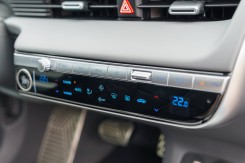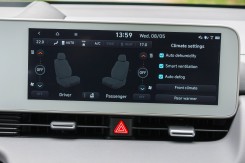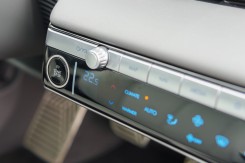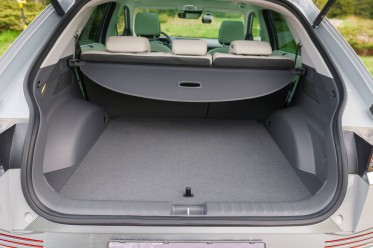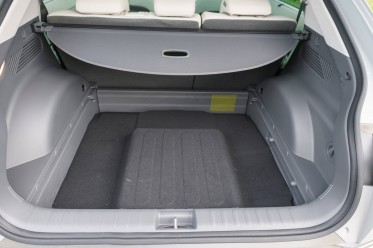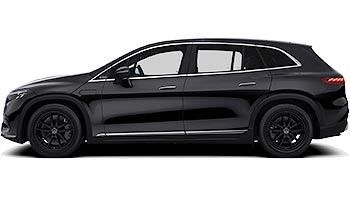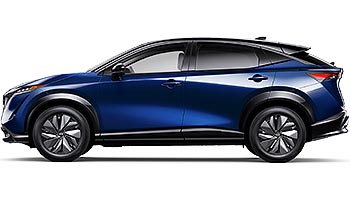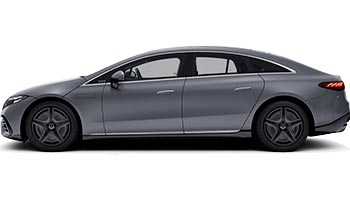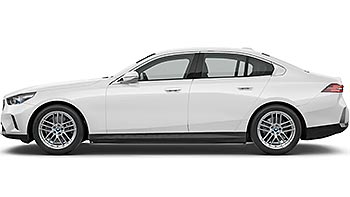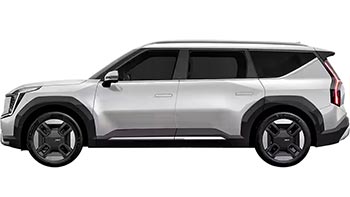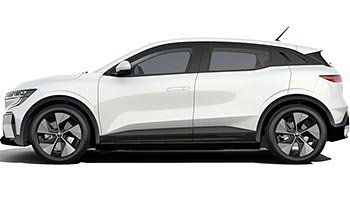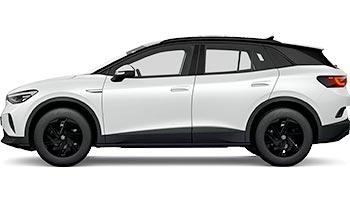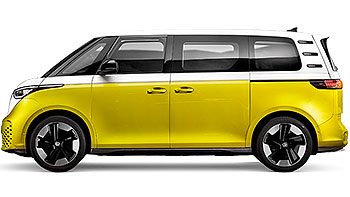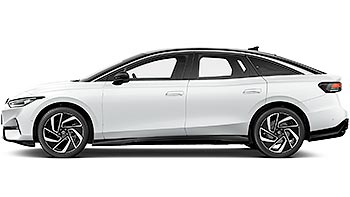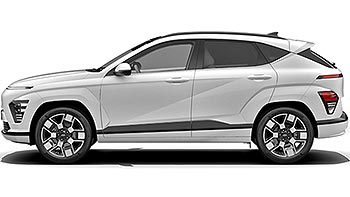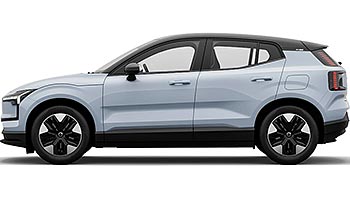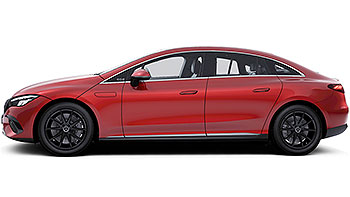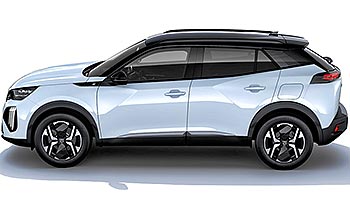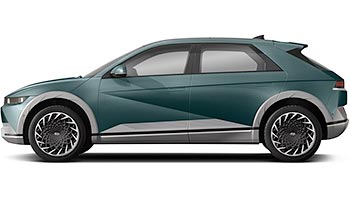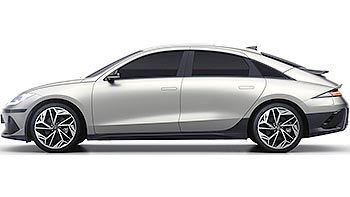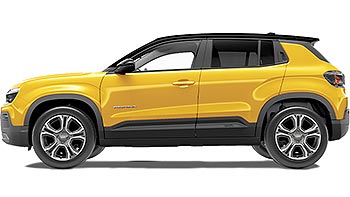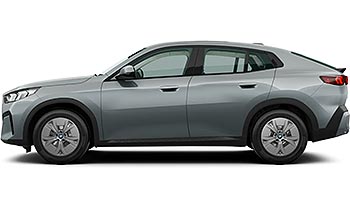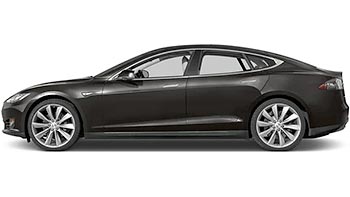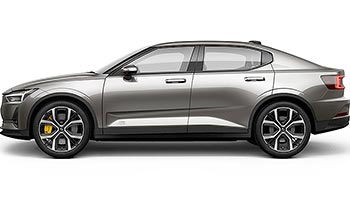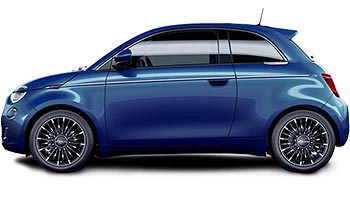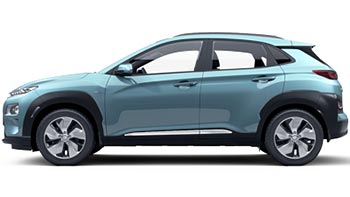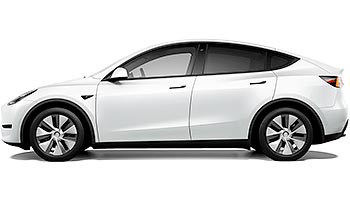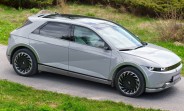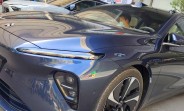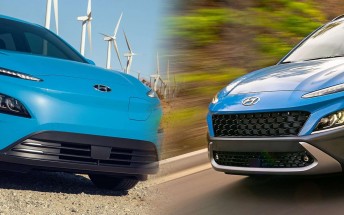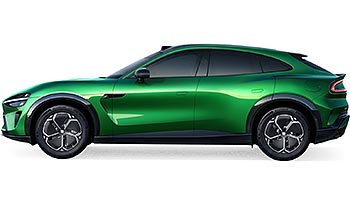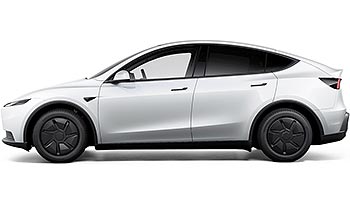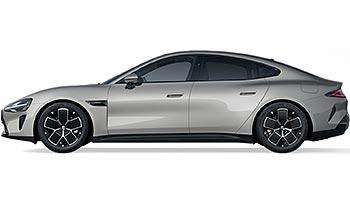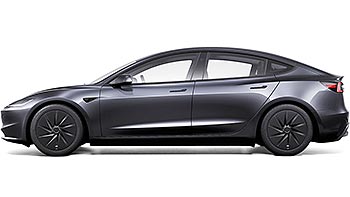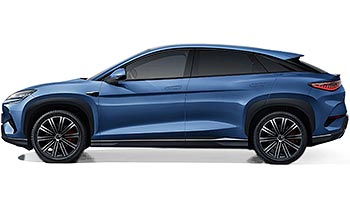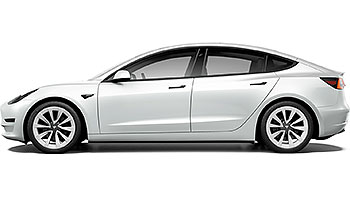Hyundai Ioniq 5 77.4 kWh AWD review

In recent years Hyundai managed to boost its reputation significantly, its car now desirable to a huge number of people. One of the models that contributed a lot to this is the Ioniq 5, which we are reviewing today. It is a model that stands out with its looks and convinces the buyer with its day-to-day performance.
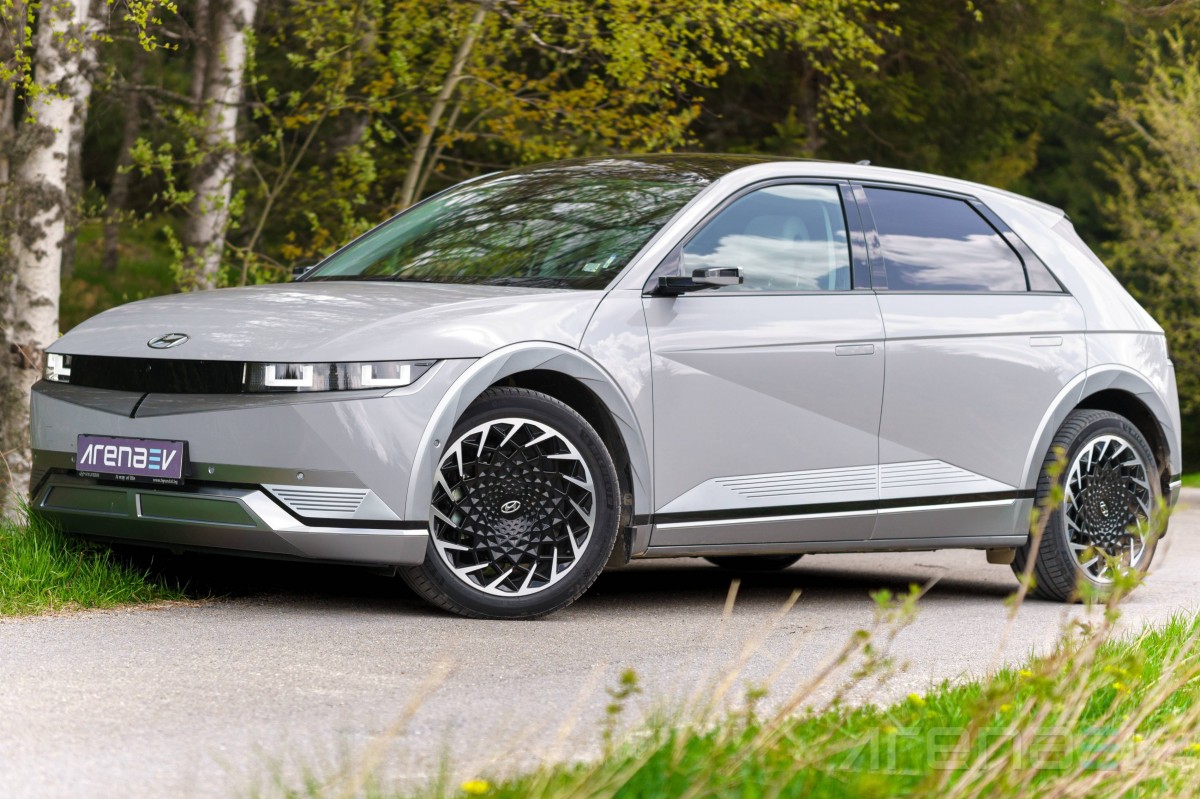
Table of Contents:
- Exterior
- Interior
- Storage & practicalities
- Driving experience
- Tech features
- Ride comfort
- Cabin noise
- Acceleration and braking
- Consumption
- Charging speed
- Competition
- Verdict
Hyundai’s Ioniq lineup was first introduced back in 2016 with a small liftback that came in all sorts of power plants - electric, petrol, hybrid and plug-in hybrid. It was in production for just five years with moderate success in all versions, but apparently Hyundai wanted to build upon the nameplate. This led to the introduction of the Ioniq 5 and the Ioniq 6, which sit on the E-GMP platform and come solely as electric vehicles. They have nothing in common with the regular Ioniq, but came to carve the path for more future models.
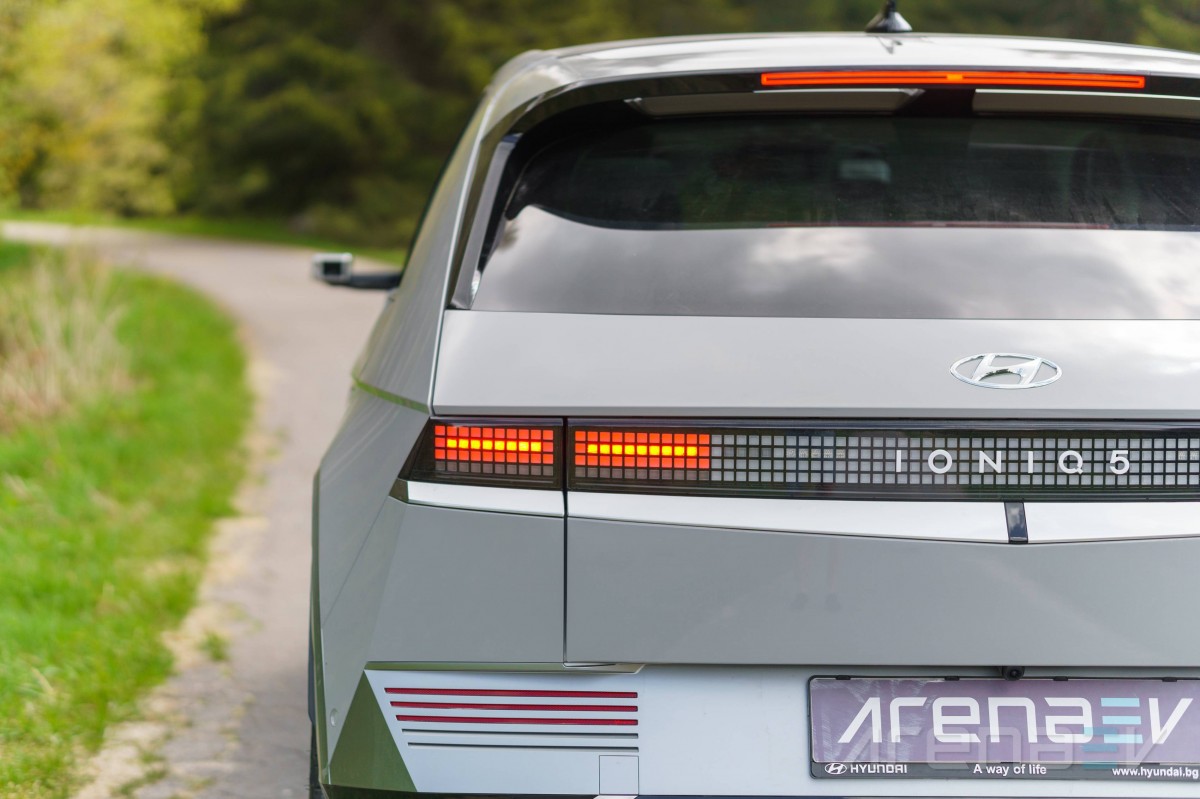
The exact model we have today is the Hyundai Ioniq 5 77.4 kWh AWD, which was, up until recently, the most powerful version in the lineup. It supplies 325 hp to all four wheels, backed up by a 77.4 kWh battery pack. The Ioniq 5 was introduced about four years ago and quickly became a best seller in the compact SUV segment. Today, we'll try and find out why that is.
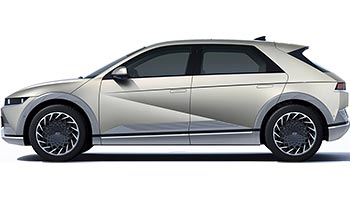
Hyundai Ioniq 5 77.4kWh AWD 2022 -
- Dimensions: 182.5 inches x 74.4 inches x 63.2 inches, 118 inches wheelbase.
- Drivetrain tested: 77.4kWh AWD - AWD 239 kW (325 hp), 329 lb-ft, 77.4 kWh total battery capacity, 75 kWh usable battery capacity
- Other drivetrains: 58kWh RWD - RWD 125 kW (168 hp), 58 kWh total battery capacity
- Charging: 235 kW CCS; 10-80% in 18 min.; 230V electrical outlet (3.6 KW max)
- Range: 299 miles WLTP
- Weight: 4,850 lb unladen
- Other features: Vehicle to load charging, movable center console, OTA updates.
Exterior
The design of the Hyundai Ioniq 5 is one of its key selling points. It looks like nothing else on the road with its mix of retro and futuristic styling and hatchback-like proportions. The overall design is a throwback to the 80’s, but there are a bunch of modern tweaks, making it instantly recognizable on the road. And we really welcome this in a segment filled with boring and similarly-looking crossovers and SUVs.
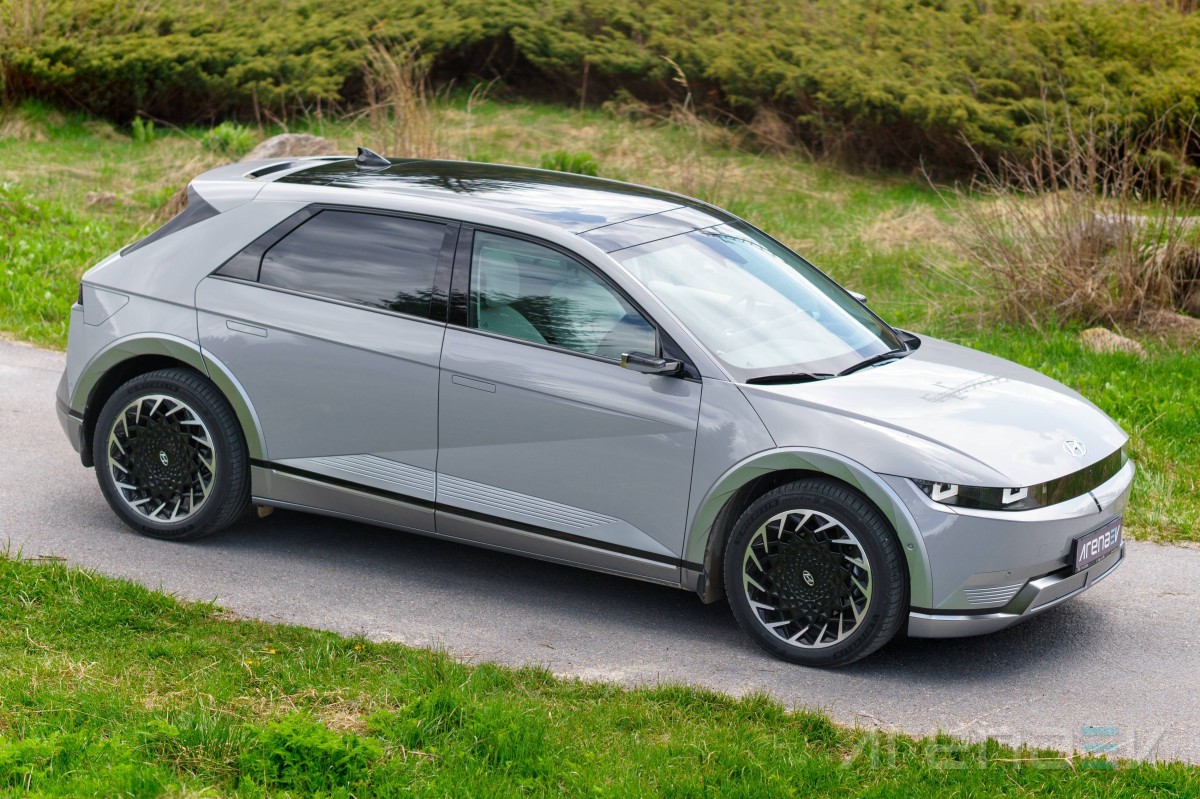
Naturally, many will find the design overdone or too eccentric, but that's always the case when a new design comes around. The bottom line is the Ioniq 5 is successful at being daring and provocative. The sales figures of the Ioniq 5 speak for themselves - more than 260 000 vehicles have rolled off the production line in just three years' time and the demand doesn’t seem to slow down.
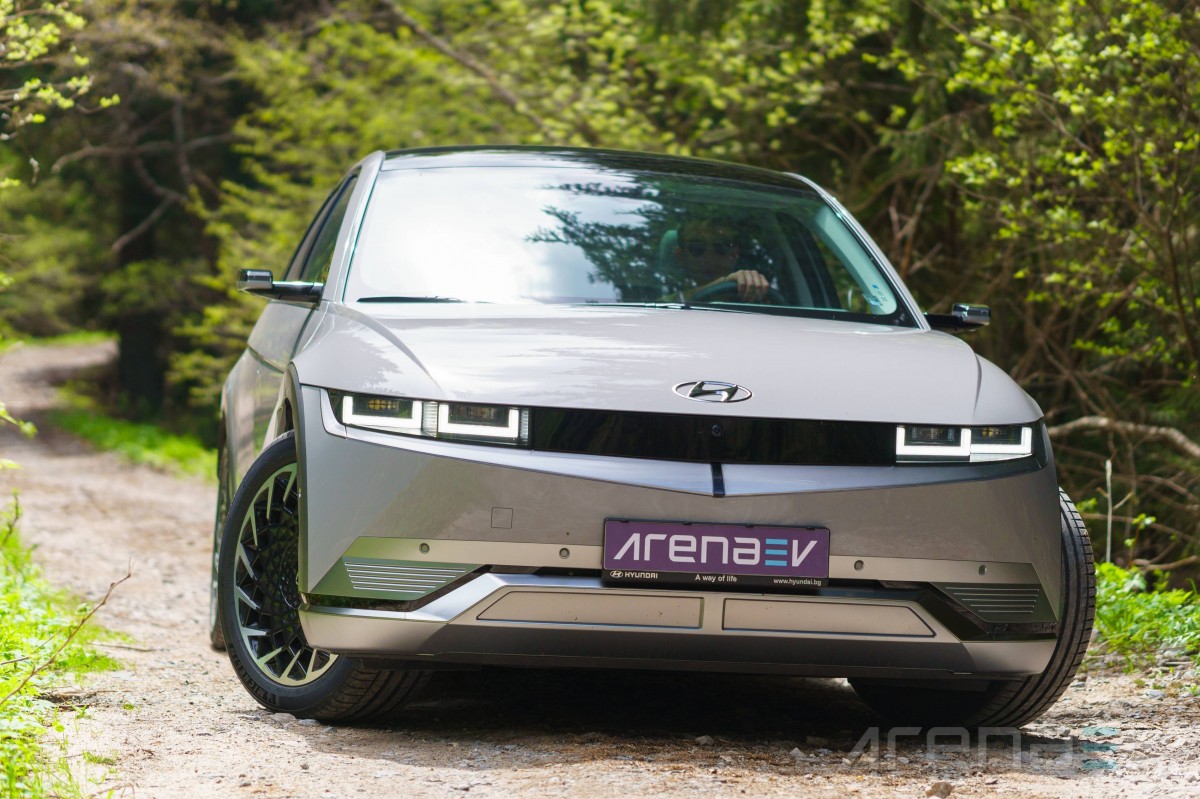
Starting off at the front, we see the edgy retro theme of the exterior of the Ioniq 5. All details are finished with sharp edges and the lines end abruptly, before the next one starts. For aerodynamic reasons the hood and bumper have a curved shape, so Hyundai designers added multiple lines on them to be in sync with the rest of the car.
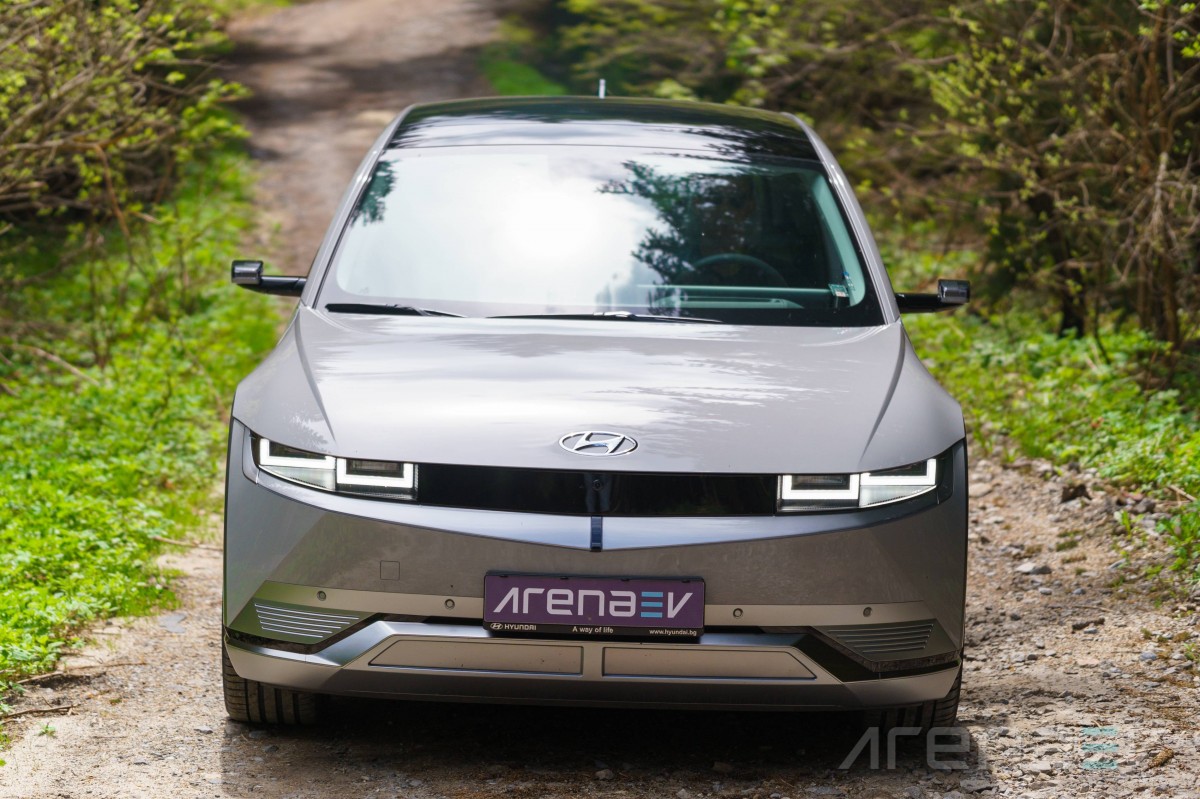
The headlights of the Ioniq 5 sit deep and give off a sinister look. The daytime running lights are two big squares that give the Ioniq 5 a recognizable and slightly angry-looking face. At night the whole headlight unit lights up but the two squares remain distinguishable. Our test vehicle is equipped with an optional panel that lights up when the headlights are turned on. This is a unique take on the modern trend of lightbars, which looks far less tacky than what we've seen from certain other manufacturers.
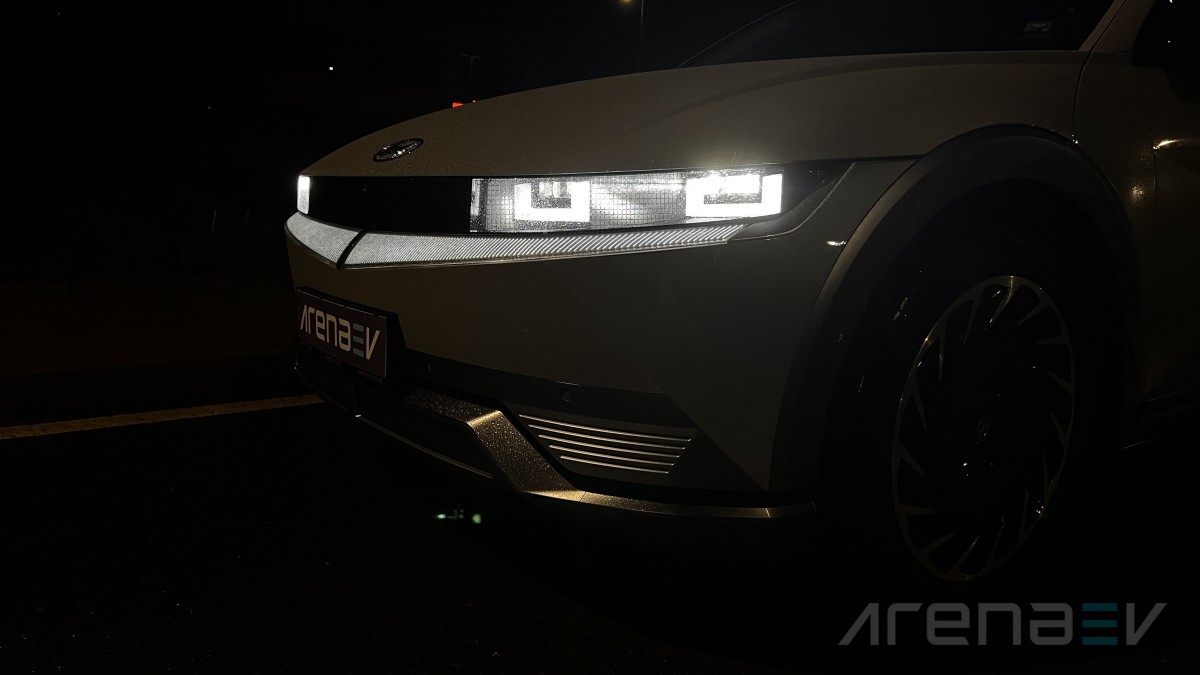
From the side, the Ioniq 5 looks more like a hatchback, than the SUV it actually is. This is due to the flared fenders, big windows and body-colored underpanels. The lower ground clearance than most rivals also helps that perception, but once you see the Ioniq 5 from up close you quickly realize which segment it’s positioned in.
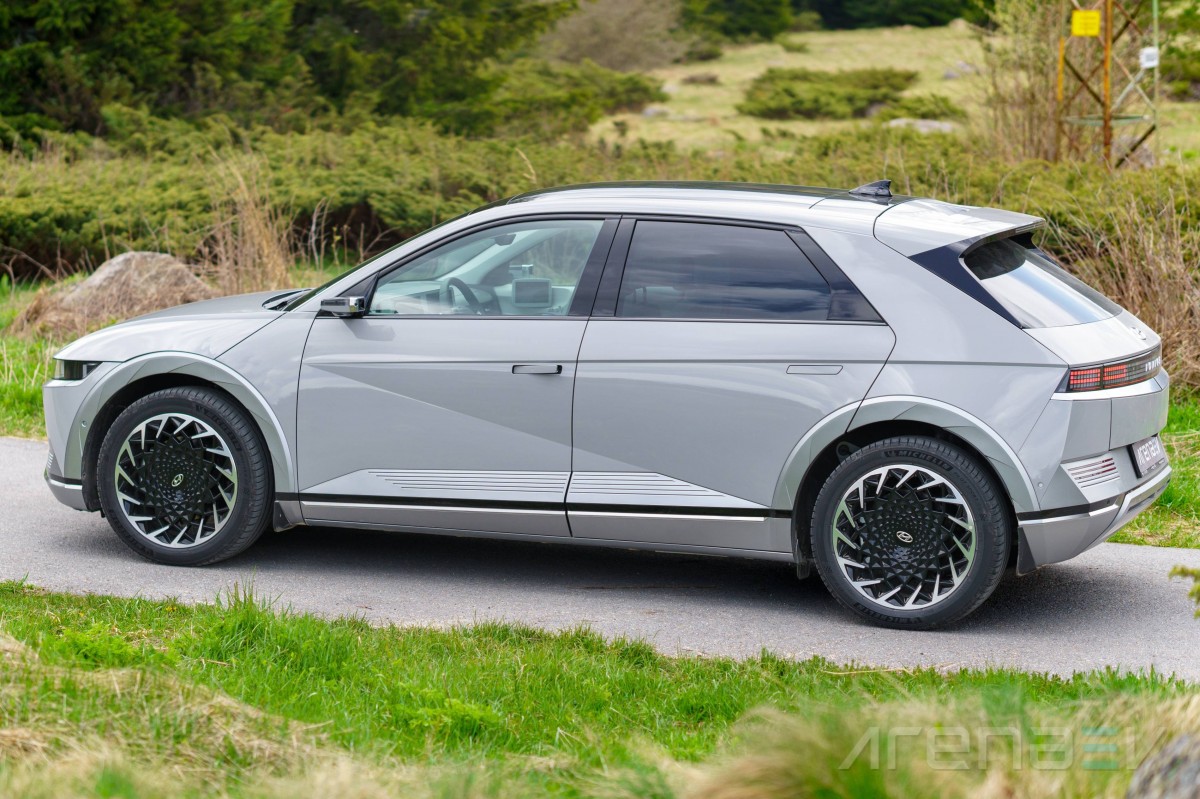
One of the biggest quirks of this particular Ioniq 5 are the side mirrors, which on our car are actually cameras that stream to monitors inside the vehicle. This optional feature decreases drag and improves efficiency, but not too drastically as the side camera module is almost as big as a regular mirror. If the camera mirrors are to take off makers will have to make the housing smaller so the difference made by the expensive option is actually worth it. In this article we explain the pros and cons of mirror cameras in much deeper detail.
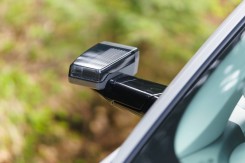
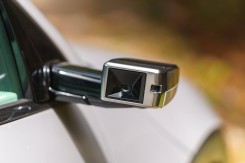
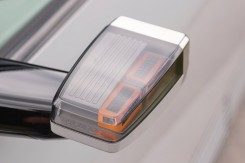
The optional camera side mirrors are an eccentric option.
The door handles of the Ioniq 5 are also designed with efficiency in mind, meaning that they sit flush with the door when not in use. They pop out automatically when you're near the car, but you can also manually press on the front end and then pull from the rear to open the door. This is a gimmick some supercars offer and while we understand it slightly boosts efficiency the effect is minimal and comes at the expense of slightly hindered convenience.
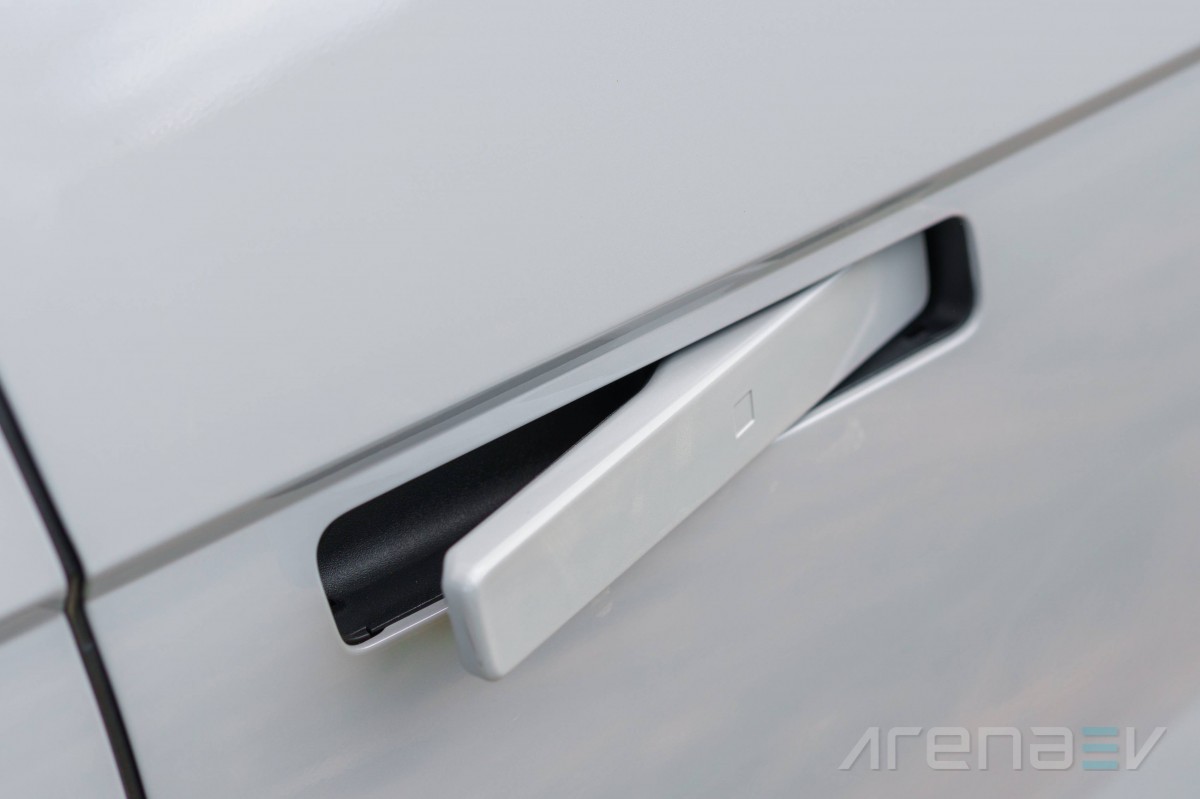
Inside the turbine-looking wheel arches lie the massive optional 20-inch wheels, which in our test model come equipped with Michelin Pilot Sport EV tires. These tires offer a nice balance between performance and efficiency, making them a great choice for a vehicle like that. The wheels come in a funky design that goes well with the extravagant styling of the car itself.
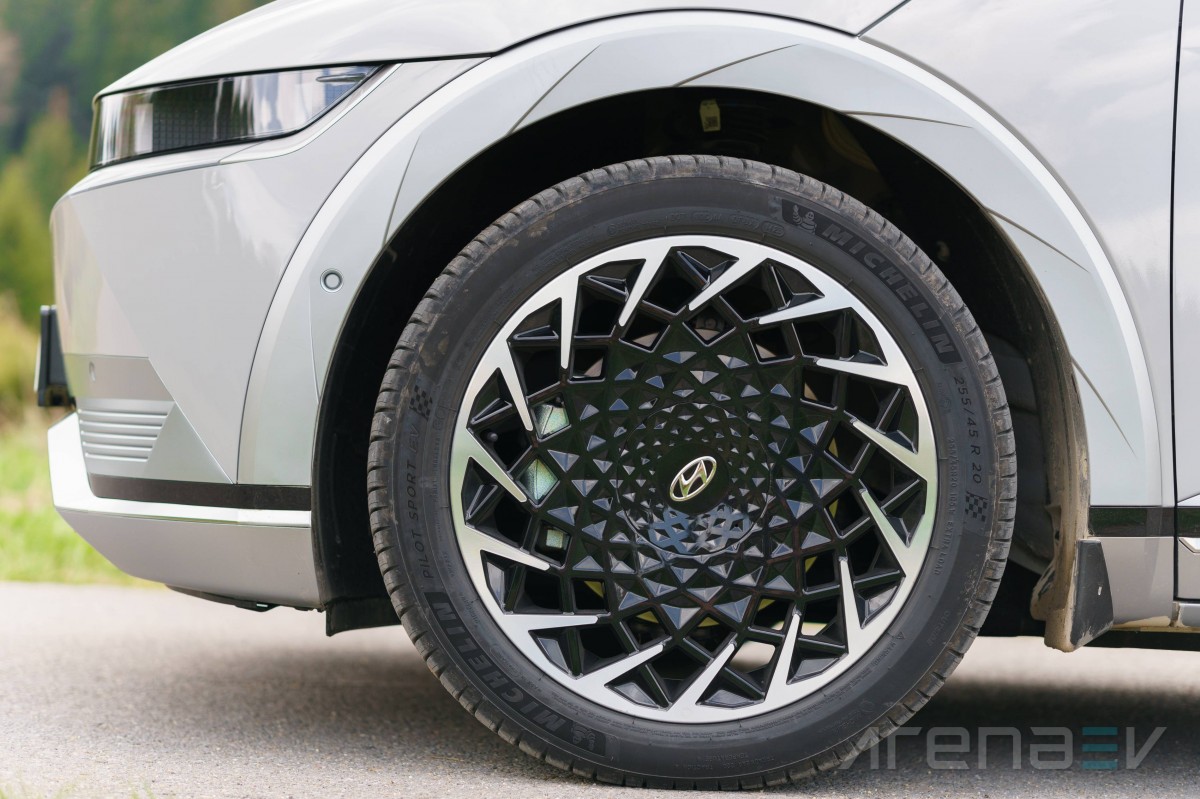
Around back, the Ioniq 5 continues the theme of retro-futurism with flat edges and a huge LED bar going across the entire trunk. A substantial spoiler sits prominently on the edge of the roof, making the Ioniq 5 appear less sloped than it actually is. The rear bumper is full of sharp design elements - some of them are useful and some are there for aesthetics, but they make up for a cool overall look.
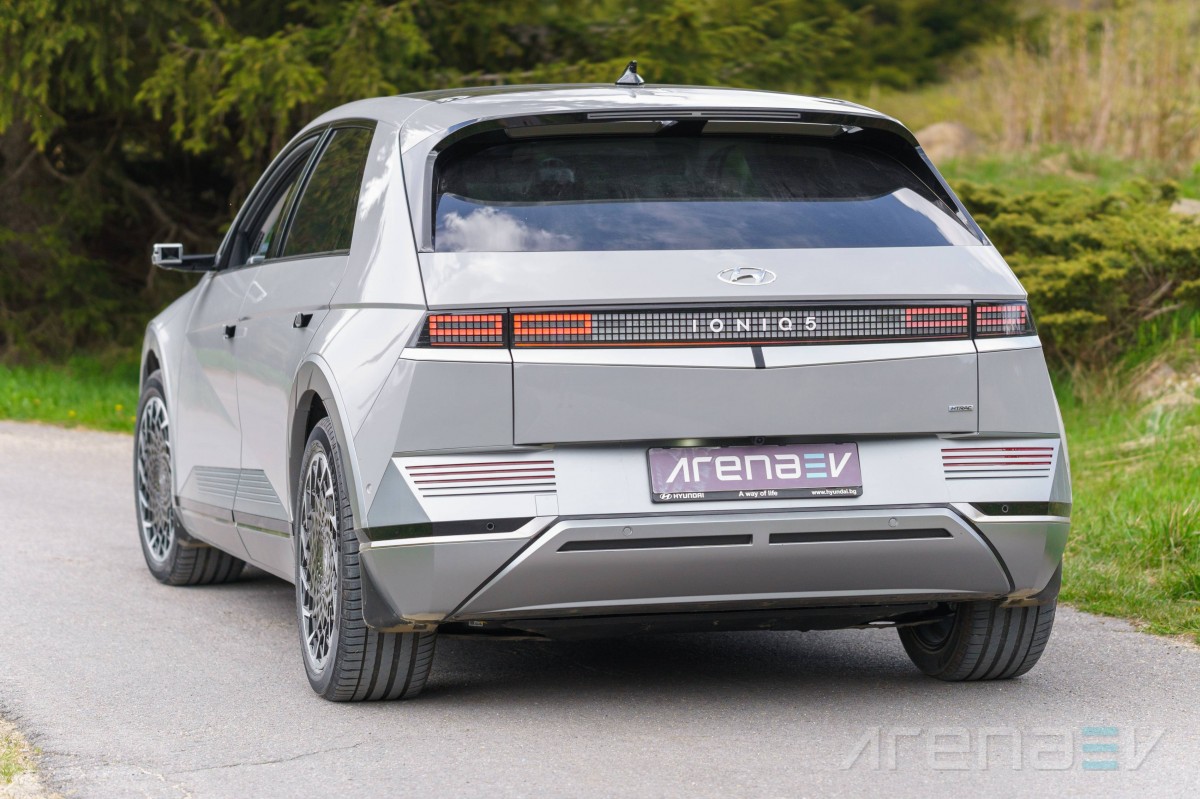
The rear LED bar consists of giant pixels and even at night, the individual pixels remain visible. That's especially true on the sides where the tail lights and turn signals are.
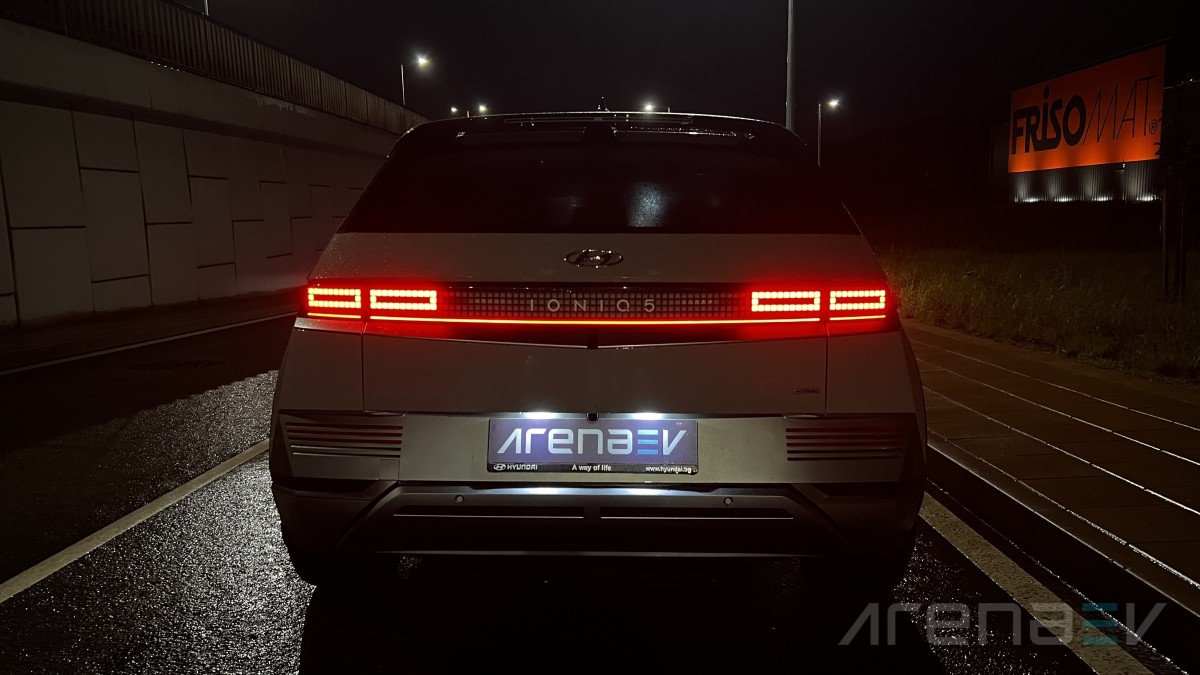
Interior
The interior is far less busy than the exterior, focusing on practicality and ease of use. The choice of plastics is not the best and not on par with most European rivals, however the build quality is excellent with no gaps squeaks or rattles.
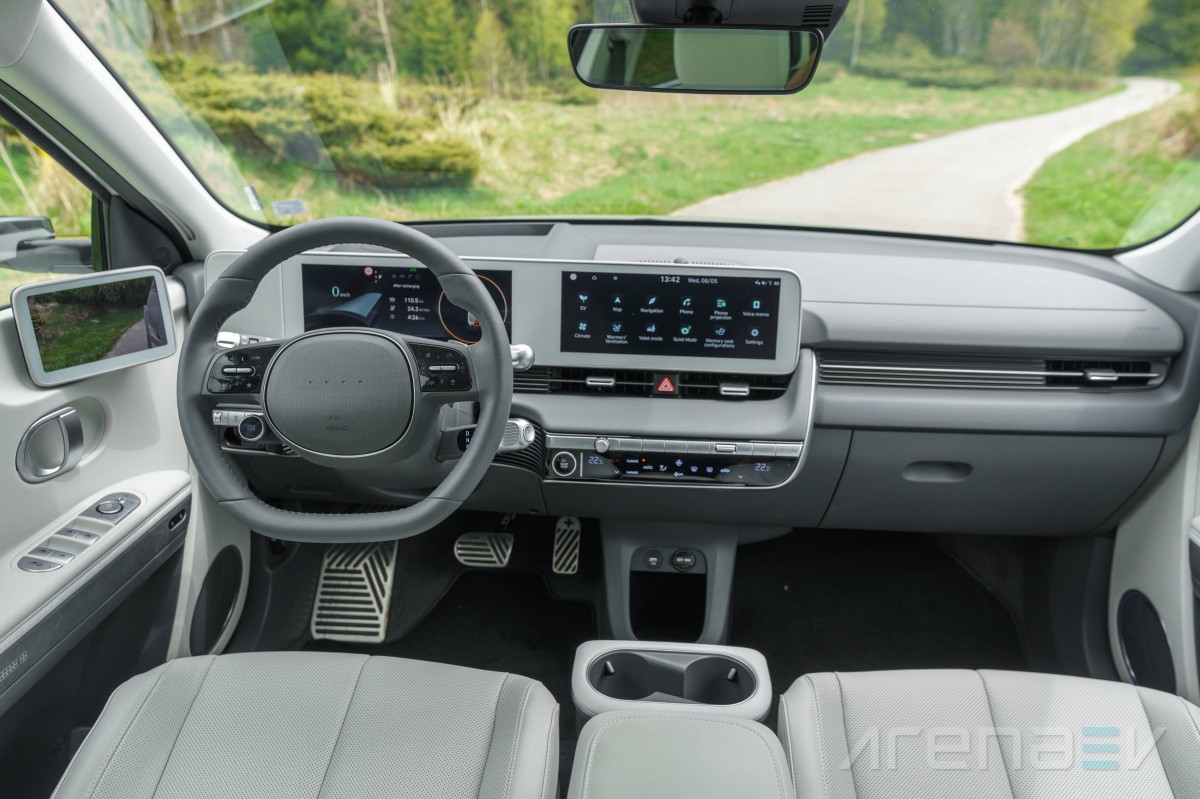
Sitting inside you are welcomed by a cushy seat that is both heated and cooled and can even transform into a bed with the press of a single button. This is true for both front seats and enables you to have a quick nap while waiting.


You can relax comfortably in the front seats while waiting.
The front passenger seat can also be controlled from the side by the other passengers so you can expand the room in the rear. This is a feature only the most luxurious vehicles offered until recently and it's refreshing to see it trickling down to lower class ones.
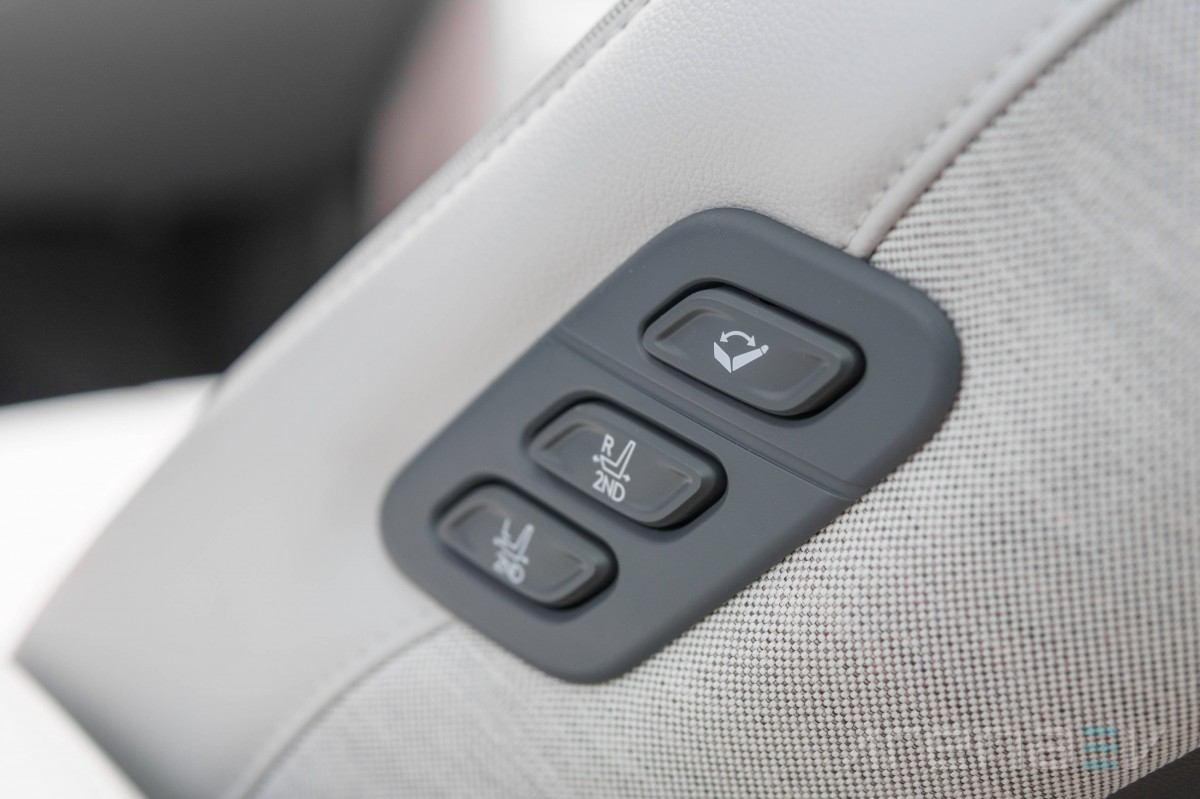
Once in the driver seat you get the same view as in the Hyundai Ioniq 6 we recently reviewed, so now we'll highlight only the most noteworthy features and differences.
The steering wheel is the same, only here the four dots in the center don’t light up. The polished buttons are a fingerprint magnet, but work well and intuitively. The circular "Drive mode" button on the lower part of the wheel looks like it belongs on an Italian exotic car and not a family-oriented SUV and we really love it.
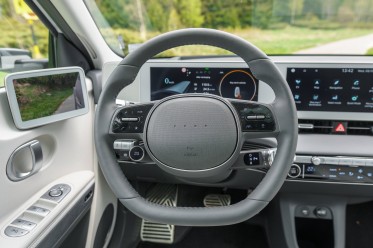
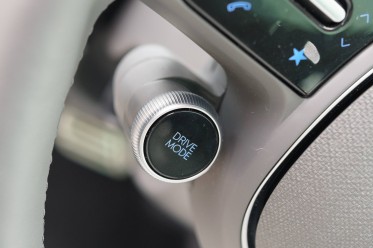
The steering wheel offers multiple functionalities.
Mounted to the right on the steering column is the gear lever, which frees up space in the center for more storage. The stalk is finished with a nice metal handle you twist to select a gear. The weird thing is that D is up and R is down, which is opposite to virtually any other automatic gearbox in history, so you may need some time getting used to its operation if you come from another column-mounted shifter.
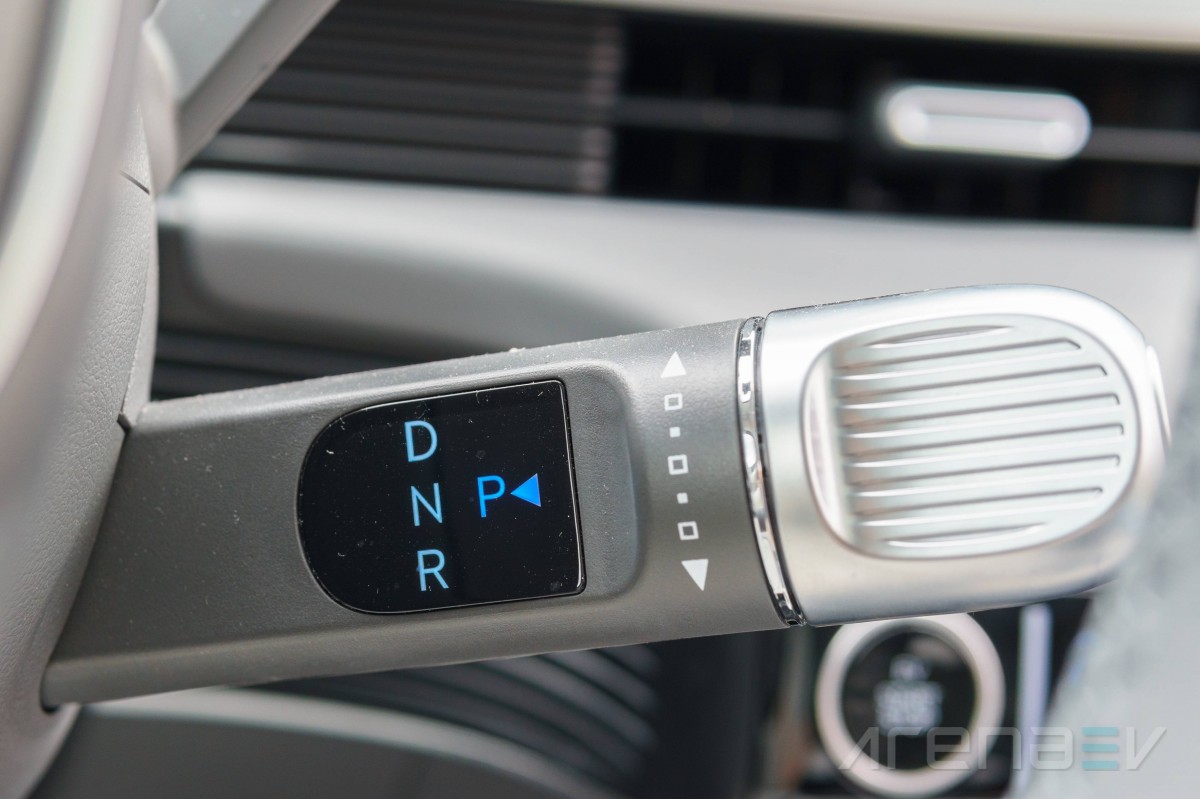
We should note that all stalks behind the steering wheel feel great to the touch and we commend Hyundai for not cheaping out on such frequently used pieces.
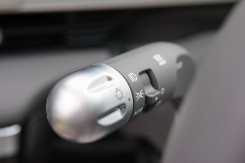
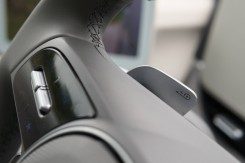
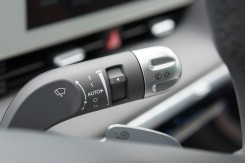
All stalks behind the steering wheel look and feel great
Behind the steering wheel is the gauge cluster, which is a big 12.3-inch display that is surrounded by gigantic bezels, worthy of an early 2000's TV. It looks out of place in a modern vehicle and it's limited to only a few readouts, but does have a few different looks. They are also only available in white and if you opt for the dark interior you get mismatched screen bezels that simply shouldn't be like this.
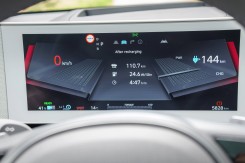
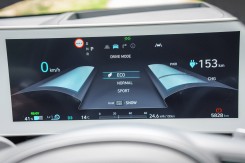
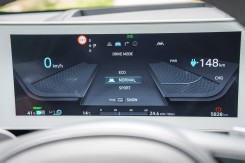
The gauge readouts don't differentiate much from one another.
To the left of the dashboard is a mesh pad that on some other models features velcro for attaching stuff, but in the Ioniq 5 it is a decoration piece. Whether or not it really adds to the design is another story, though.
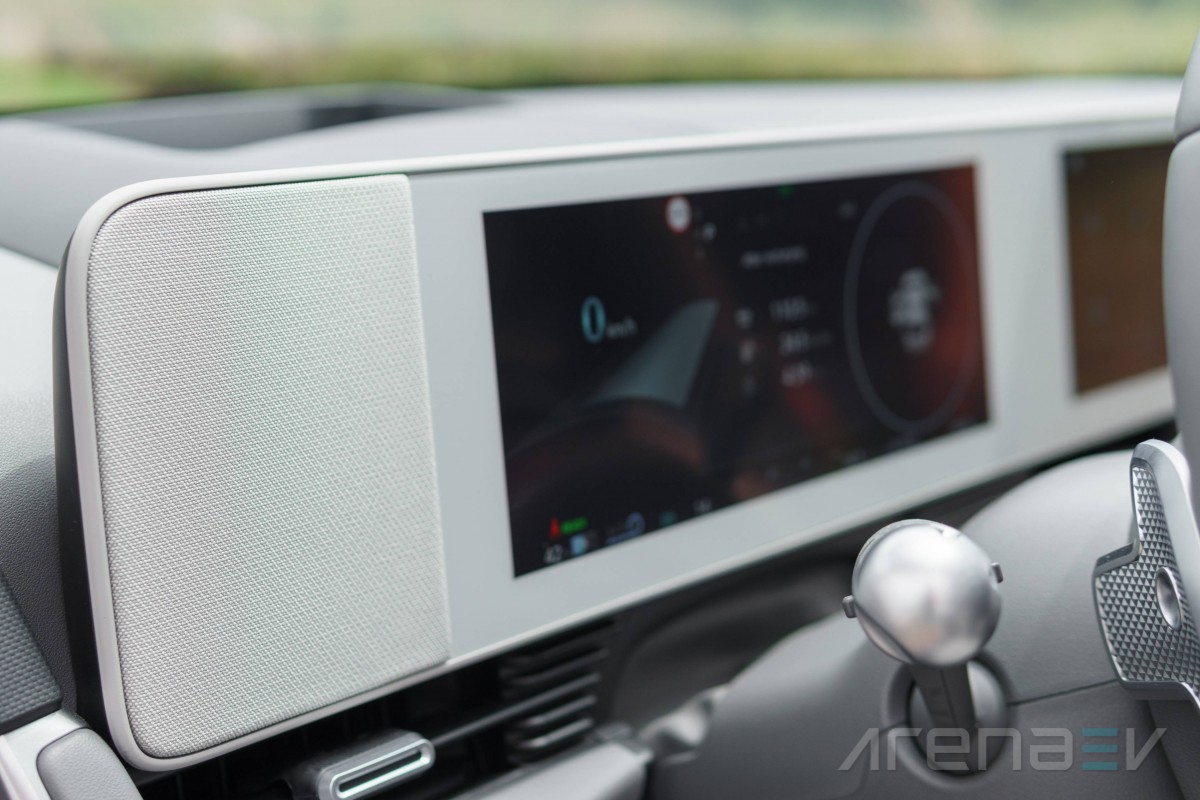
Stemming from the gauge cluster screen is the center infotainment display, which has the same obnoxious bezels. Its usability, however, is perfect with great responsiveness, nice graphics and fantastic legibility even under direct sunlight. More on its functionality will come later on in the review.
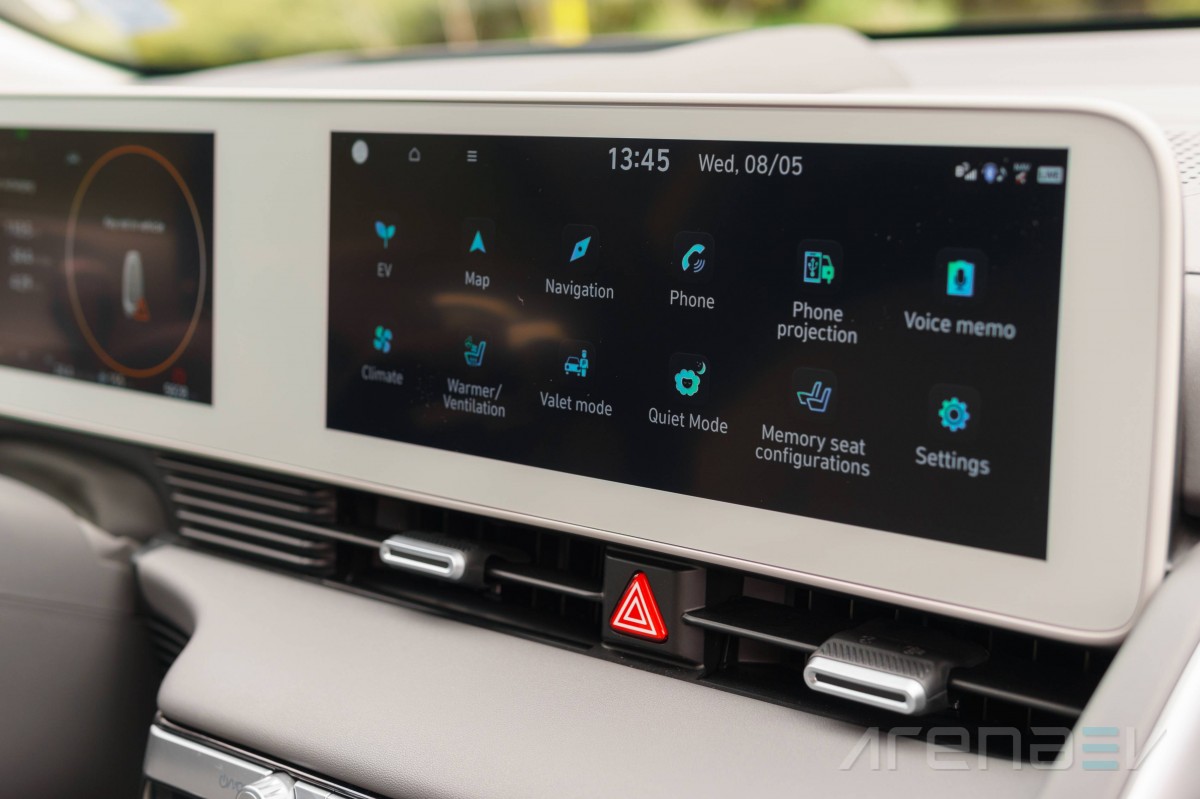
Below the main screen are the radio and climate controls. It's refreshing to see dedicated buttons for those, but a really weird choice was made when deciding which features deserve one. The seat and steering wheel functions, as well as the smart A/C options are only operated via the display, whereas other features are duplicated.
A giveaway that the Ioniq 5 is a few years old now are the charge ports. Each of them takes a USB-A connector, instead of the newer USB-C. On the upside, there are a lot of them around the interior, as well as cigarette lighter-style plugs. On the lower part of the dashboard, near the floor, there are two ports and a giant storage pocket.
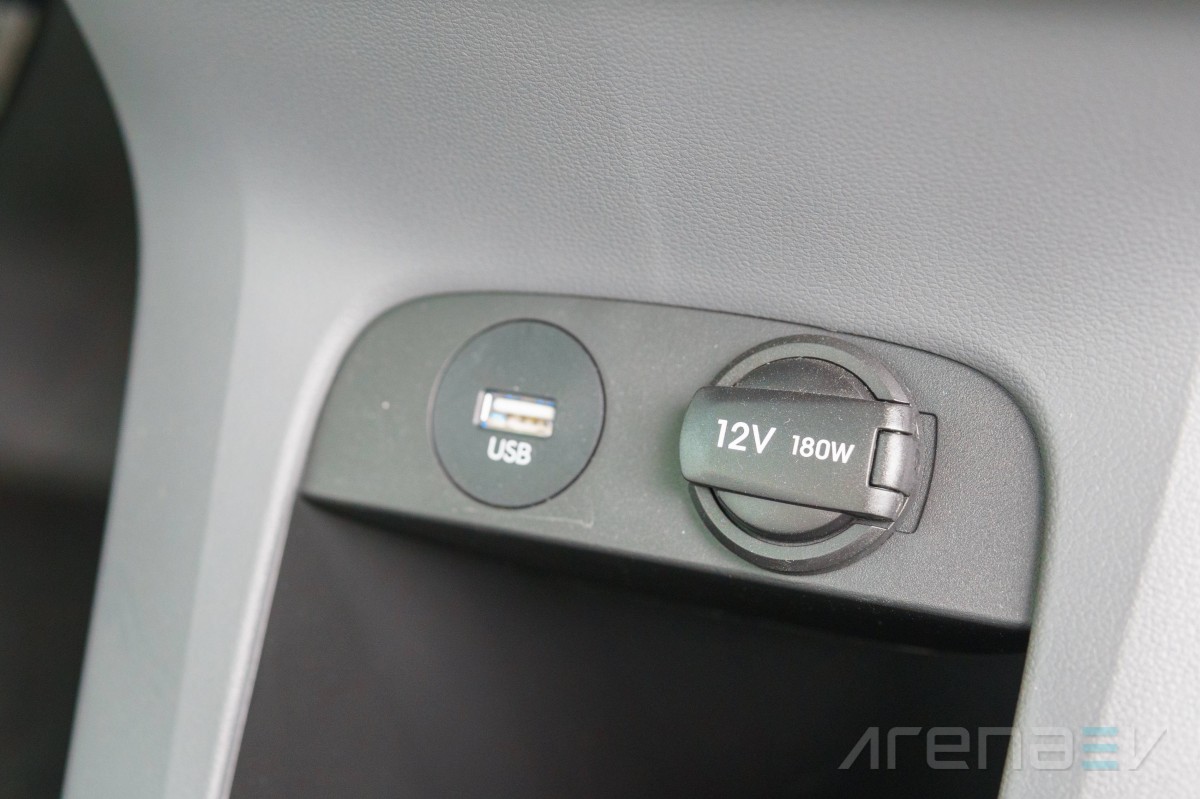
On the center console there are two more ports, as well as two big cupholders. There is a lot of storage space as well, but the main party trick is that the entire center console can be moved forwards and backwards to free up more space where needed.
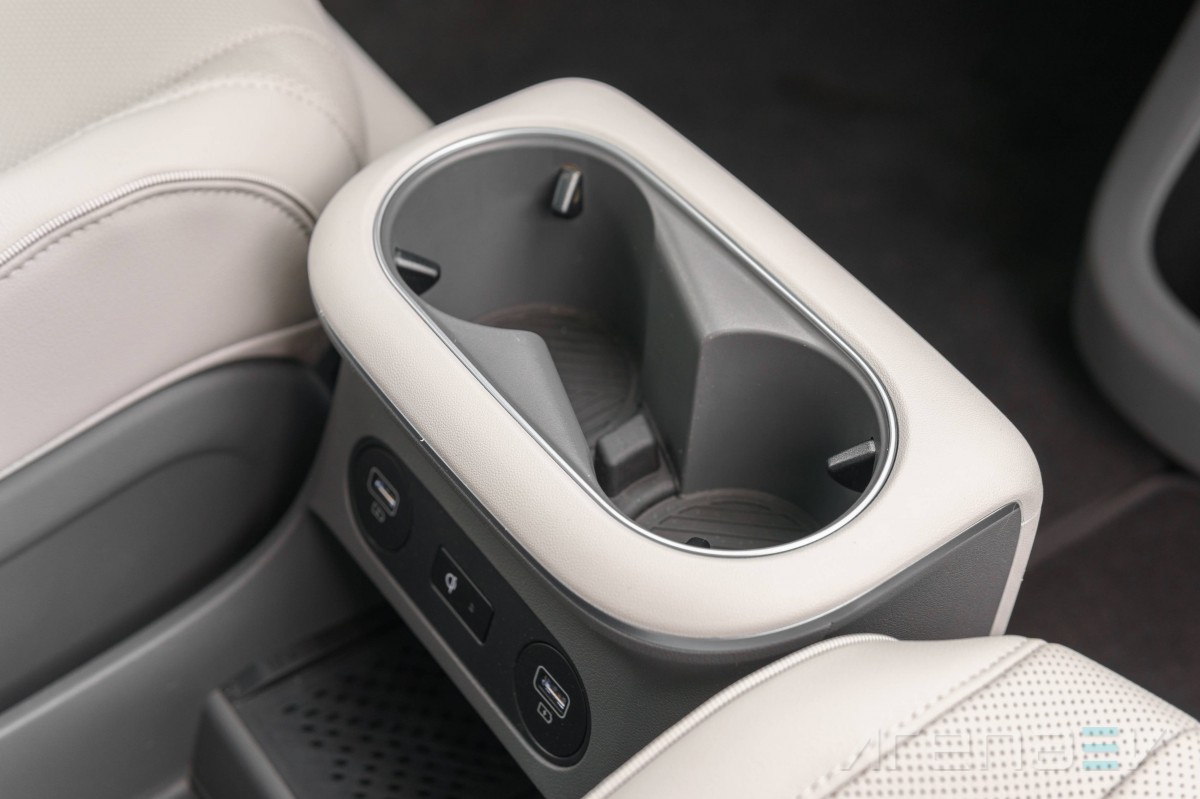
Each door is nicely finished in leather and soft plastics, a notable upgrade over the other surfaces throughout the interior. The window switches mimic a metallic finish and generally everything that's on the door panels feel upmarket and premium.
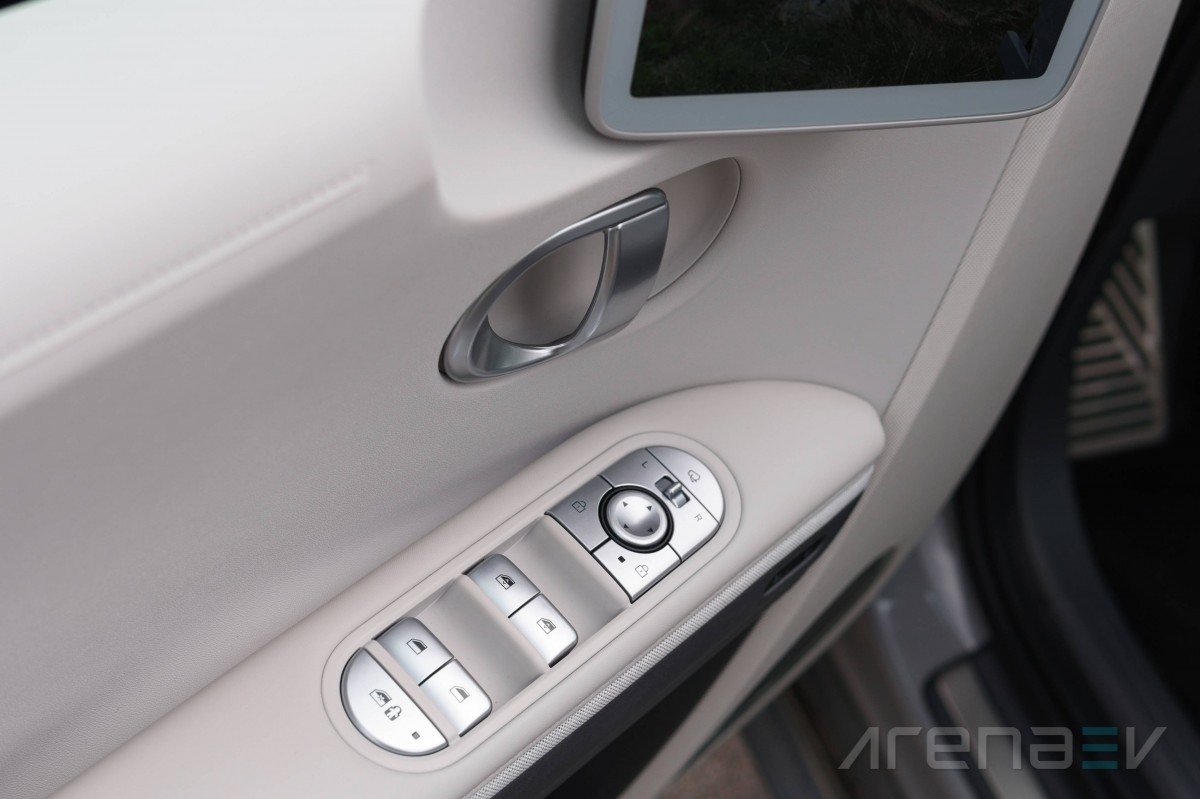
Regretfully, the door panels are also the only ones that have any kind of ambient lighting. The rest of the interior is dim at night.
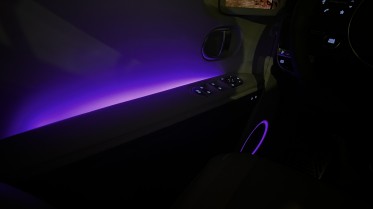
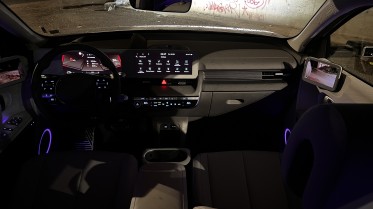
Only the doors have ambient lighting in the Ioniq 5.
The panoramic sunroof is part of the optional equipment, but is a great addition to the interior of the Ioniq 5. It sadly doesn't open, but makes the cabin feel much more spacious and combined with the light interior creates a cozy atmosphere.

The rear seats provide plenty of space and allow for comfortable road trips. The seating position can be adjusted and you always get more than sufficient legroom and headroom. Even our reviewer, who is 1.95 m (6’4”) tall fits with space to spare.


The rear seats are spacious and comfortable!
The Ioniq 5 offers heated electric rear seats and sunshades for the windows, but there is no separate climate control unit in the back. You do get two more USB-A ports and more storage pockets.
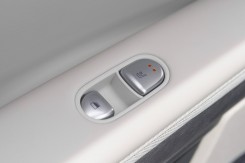
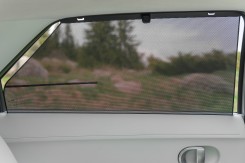
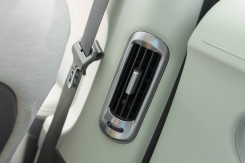
Some nice luxuries can be found in the rear.
The most important optional feature for the rear seats is the household-style outlet mounted below the seats.
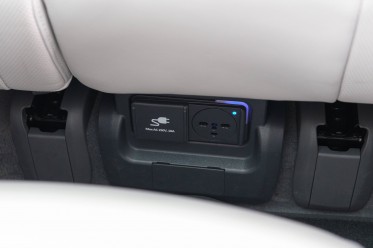
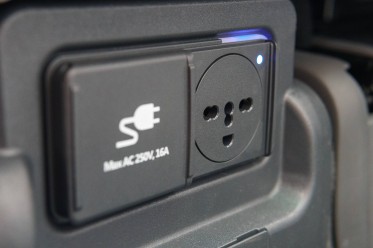
There are a total of two V2L chargers on board in the Ioniq 5.
Storage & practicalities
Storage space is alright in the Ioniq 5, the SUV ranking around the middle of the pack in its category. With the rear seats up, the usable space is 18.6 ft³ and you get a deep secondary trunk floor below the main one to store smaller items you don’t want rolling around.
With the rear seats down you get a flat floor and the impressive 56 ft³ of usable cargo space. This makes loading long and heavy items easy - just mind the sloping roof so you don't break the rear glass when closing the door with a filled cargo area.
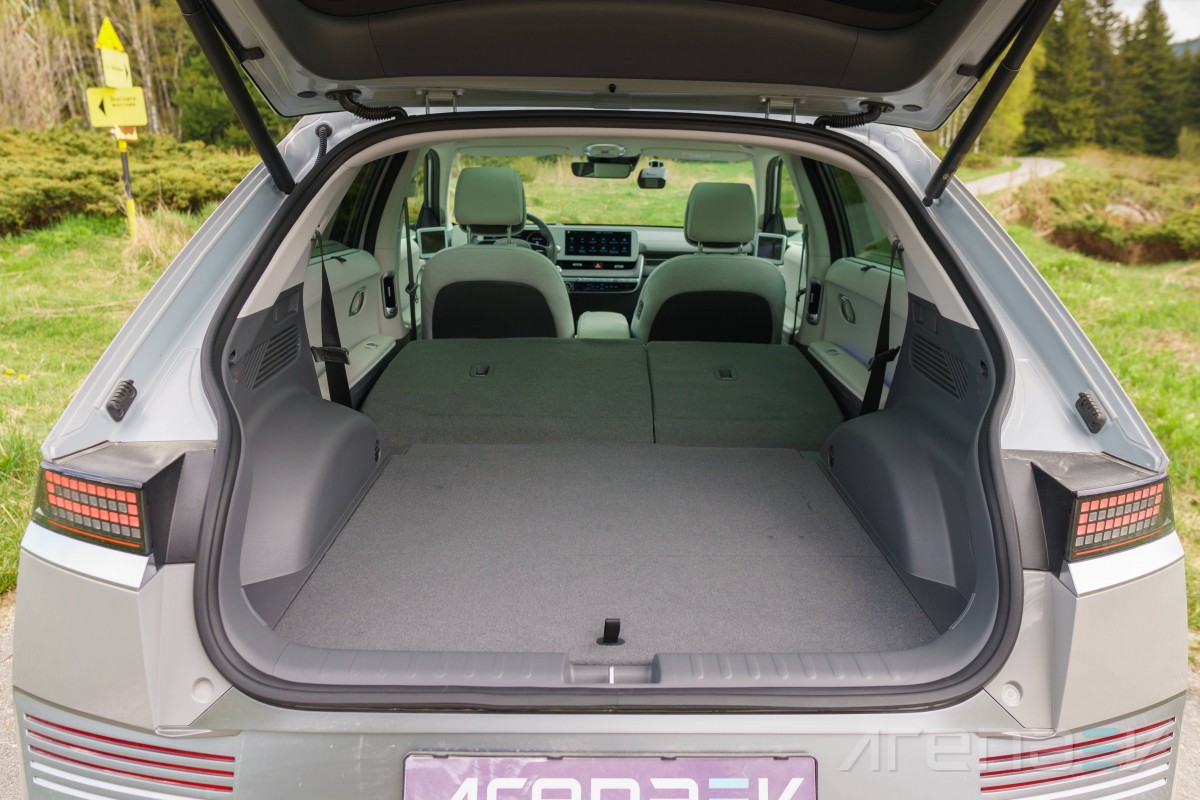
The Ioniq 5 also comes with a frunk (front trunk), albeit having rather small 0.85 ft³ capacity. That’s enough to store charging cables or to put stuff away that you don't want your passengers to be able to access.
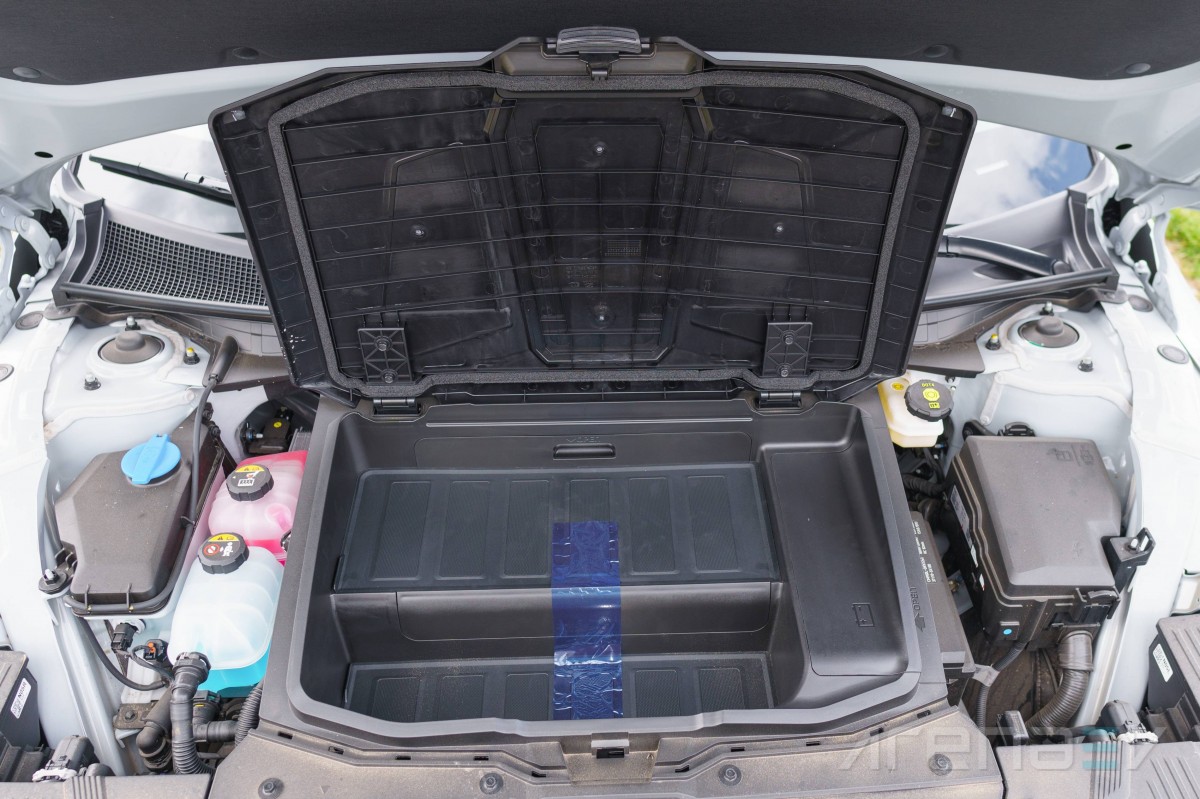
Driving experience
Driving the Ioniq 5 can be very fun as it delivers most of its power to the rear wheels and can be quite tail-happy at times. Even though we haven’t driven the N version yet, this one also offers excitement behind the wheel and brings a smile to our faces. And if you just want to cruise around it peacefully it delivers that experience masterfully as well.
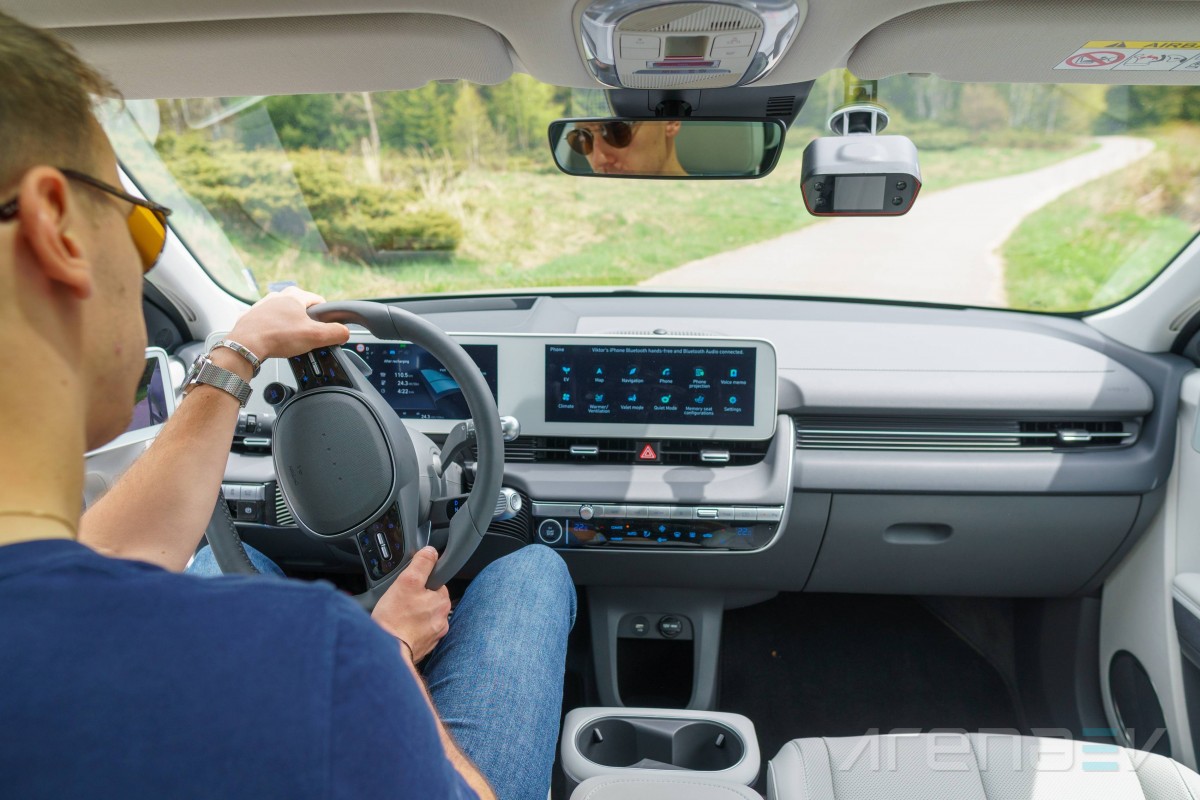
In comfort mode the Ioniq 5 is calm and composed when transporting you from point A to point B. The ride is soft, the seats are cushy and the steering is vague and non-intrusive. You feel slightly disconnected from the road, but not so much as to become dangerous.
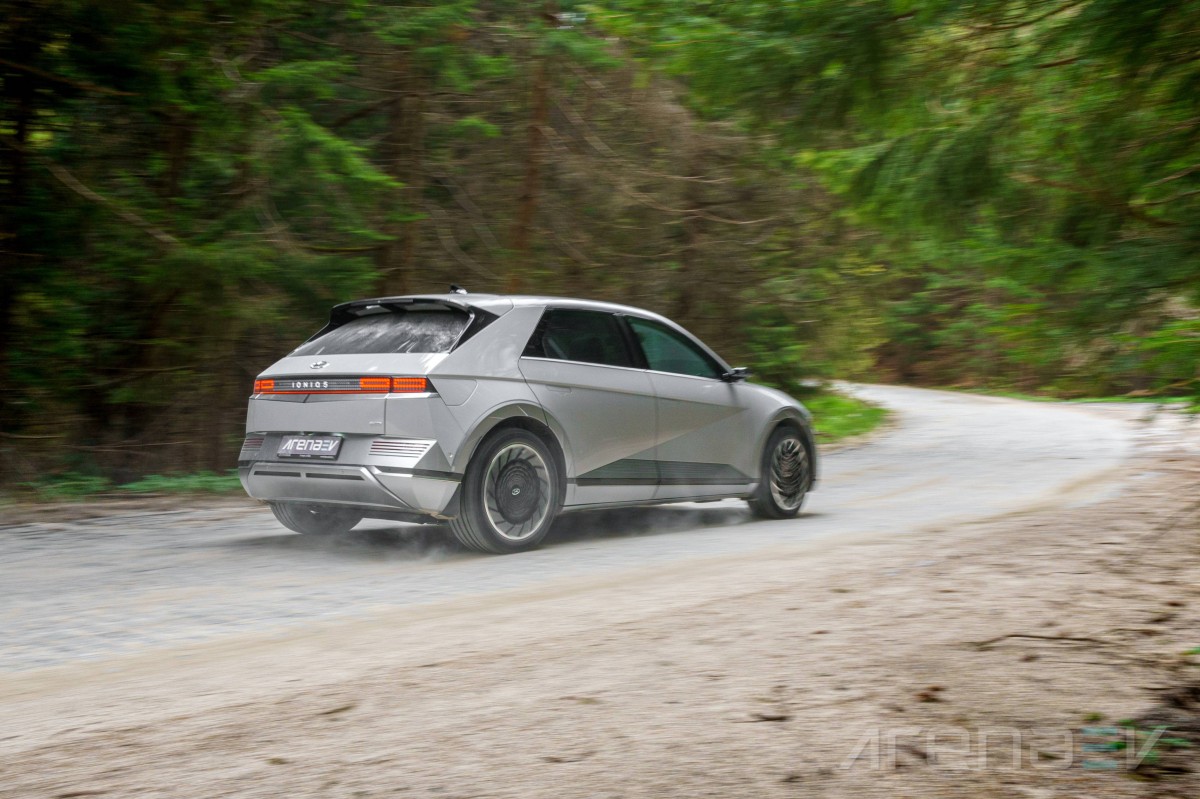
However, if you wish to have a bit of fun while driving and carve corners on your local backroads in sport mode, you can definitely do that in the Ioniq 5. Its low center of gravity and fine handling help you get around quickly and with confidence. The Ioniq 5 is quite heavy, weighing in at 4,850 lb, but it you can easily feel when it's on its limit and sense that you will lose traction before it happens.
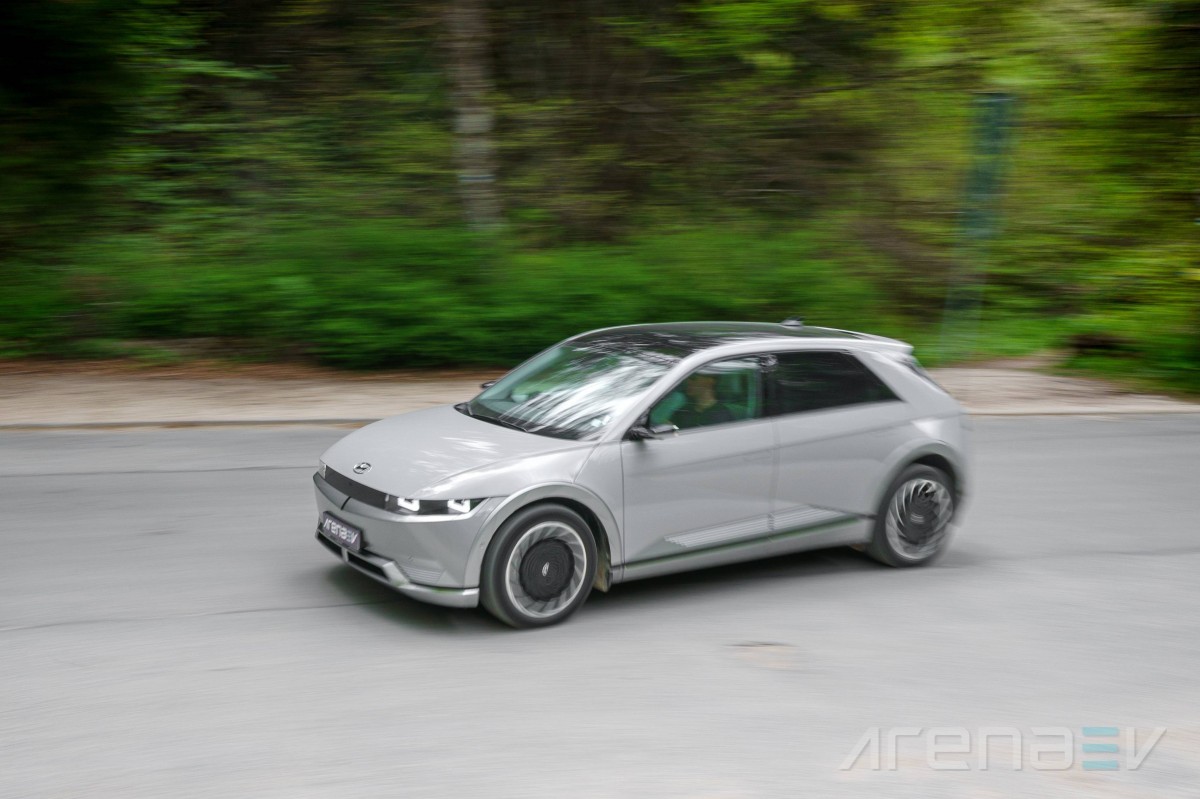
In this mode the steering wheel feels much heavier and you get a lot more road feedback, even if it's not quite sports car's level. The accelerator's response is also sharpened and you can unleash all the power from the get go. There is a lot of body roll at all times, but not as bad as some rivals. The chassis is more rigid than what the competition offers and that results in a great overall driving experience, which makes us even more eager to test the new Ioniq 5 N.
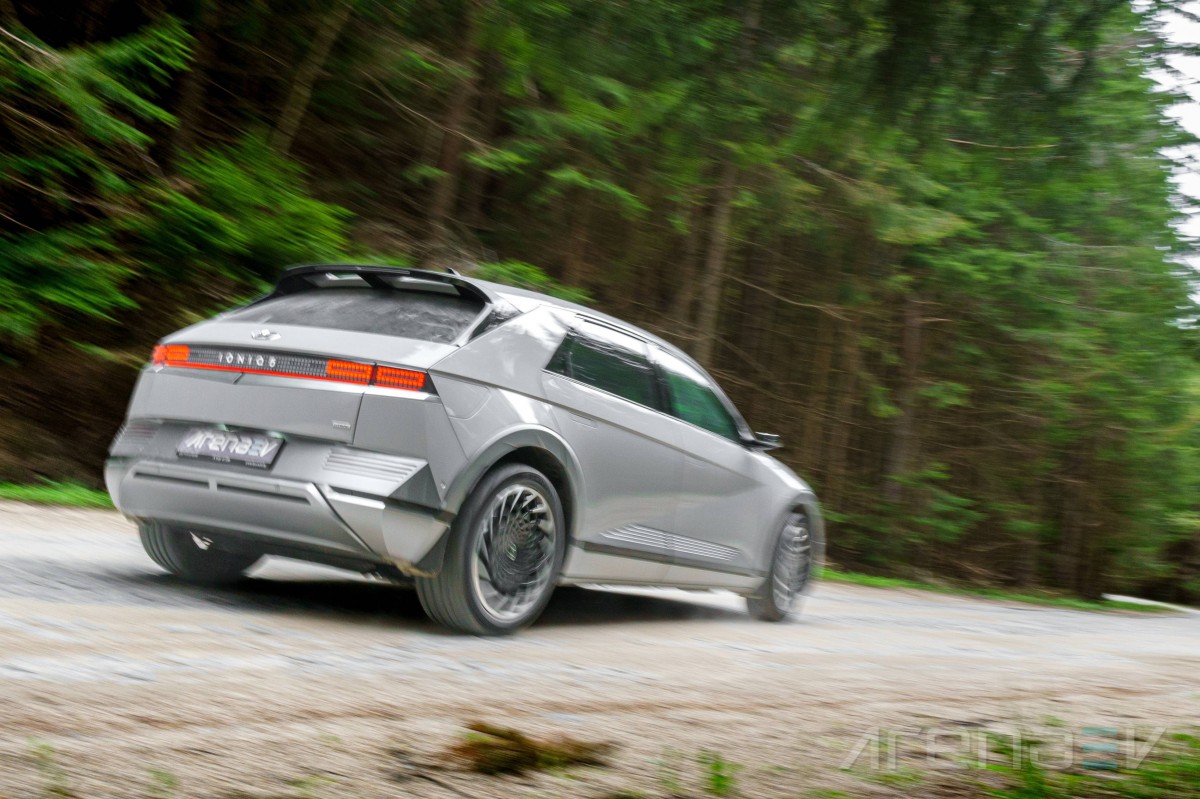
With traction control off and some slippery surface you can even do donuts with the Ioniq 5 and really have fun with it, but you should be very careful as the car weighs a lot and the AWD helps it reach high speeds very quickly, making it tough to control.
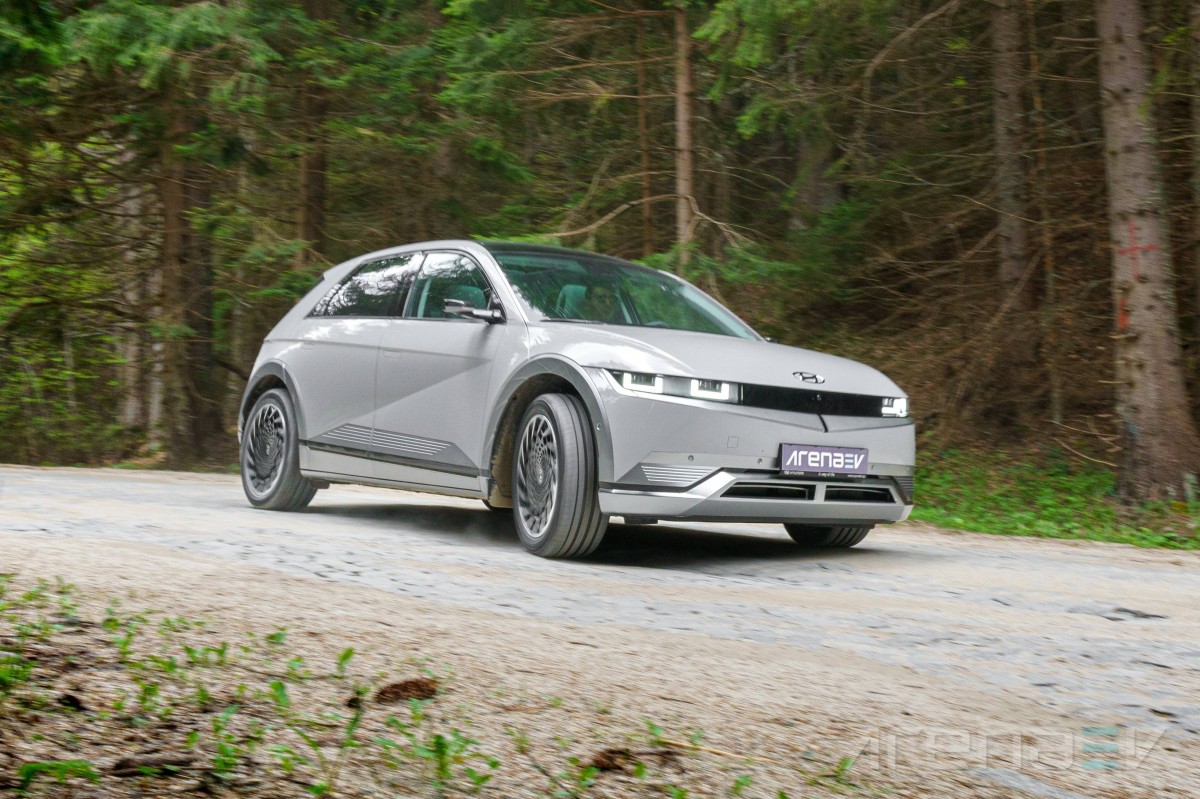
A controversial addition to our specific Ioniq 5 are the wing mirror cameras, which project an image on the monitors inside instead of looking at regular mirrors on the outside like most other vehicles. It is easy getting used to this, but they reduce the depth perception and maneuvering becomes a real chore. We drove our test example in heavy rain, which was actually better with such mirrors as we saw a clear image inside, rather than looking through a wet window into a wet mirror, but other than that benefits of these mirrors seem too few to be worth the added cost, not to mention the potential reliability issues.
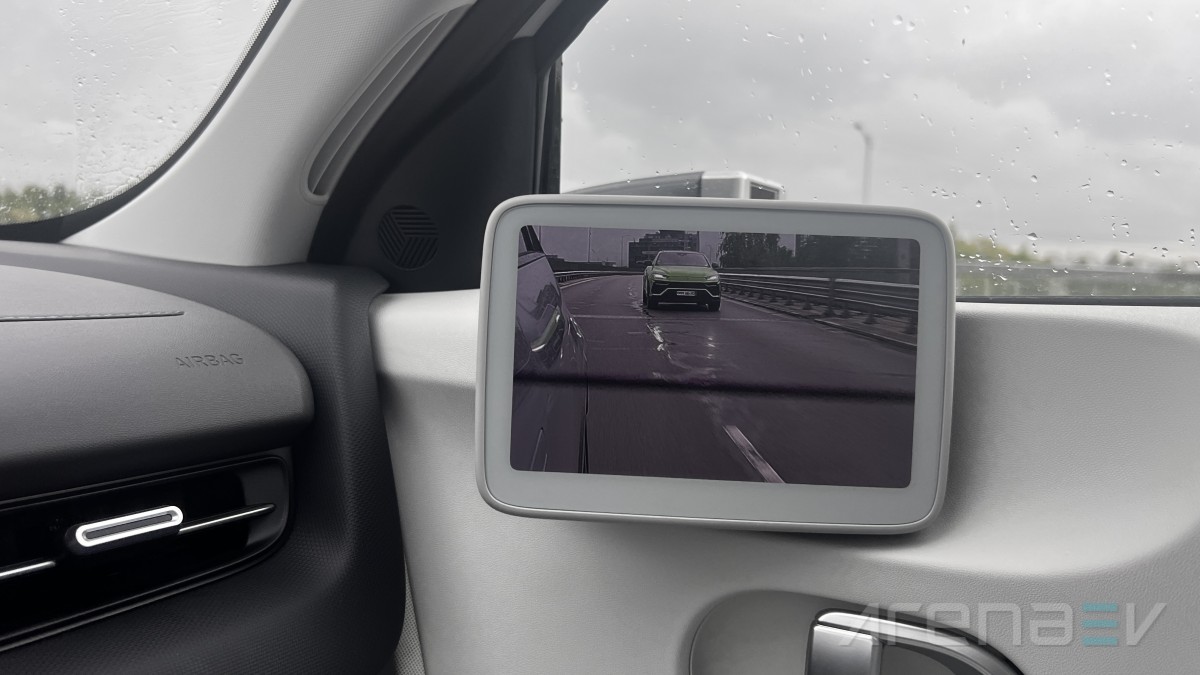
It’s fair to say that the Ioniq 5 comes with a lot of driver aids, most of which are useful, but a select few are more annoying than practical. The lane keep assist and speed limiter are the ones we feel should stand in the naughty corner.
Both assistants beep to let you know you've crossed the road marks or are driving above the speed limit, however they engage even at times when this hasn't even happened yet. The speed limiter often detects signs not applying to the road you are driving or even ones on the backs of semi trailers, which is annoying and distracting. Sadly, there is no way to turn off either of them permanently, so you have to do it every time you start the vehicle.
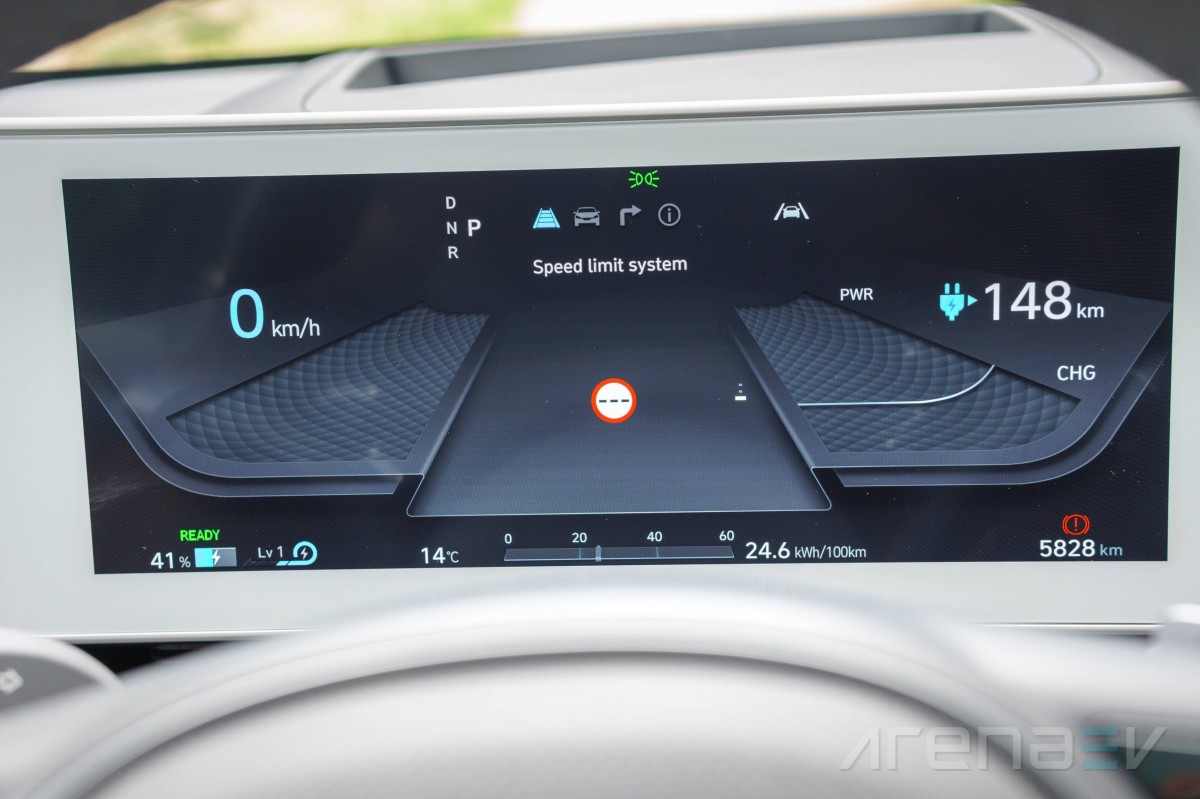
One fantastic feature for busy cities and tight parking lots is the remote driving, which lets you remotely move your Ioniq 5 forwards or backwards, without entering the car. It works fine and can detect if the vehicle’s about to hit something so you cannot crash while using the feature. You cannot steer or drive for long, but it’s still a useful for getting in and out of very tight spaces and it is so easy to use from the key.
The cruise control adapts to road signs, meaning that it automatically brakes and accelerates, depending on the speed limit it detects. However, as we mentioned, it often picks up wrong signs so you end up constantly changing speeds, which defeats the entire purpose of this function. This can be deactivated in the menus, thankfully.
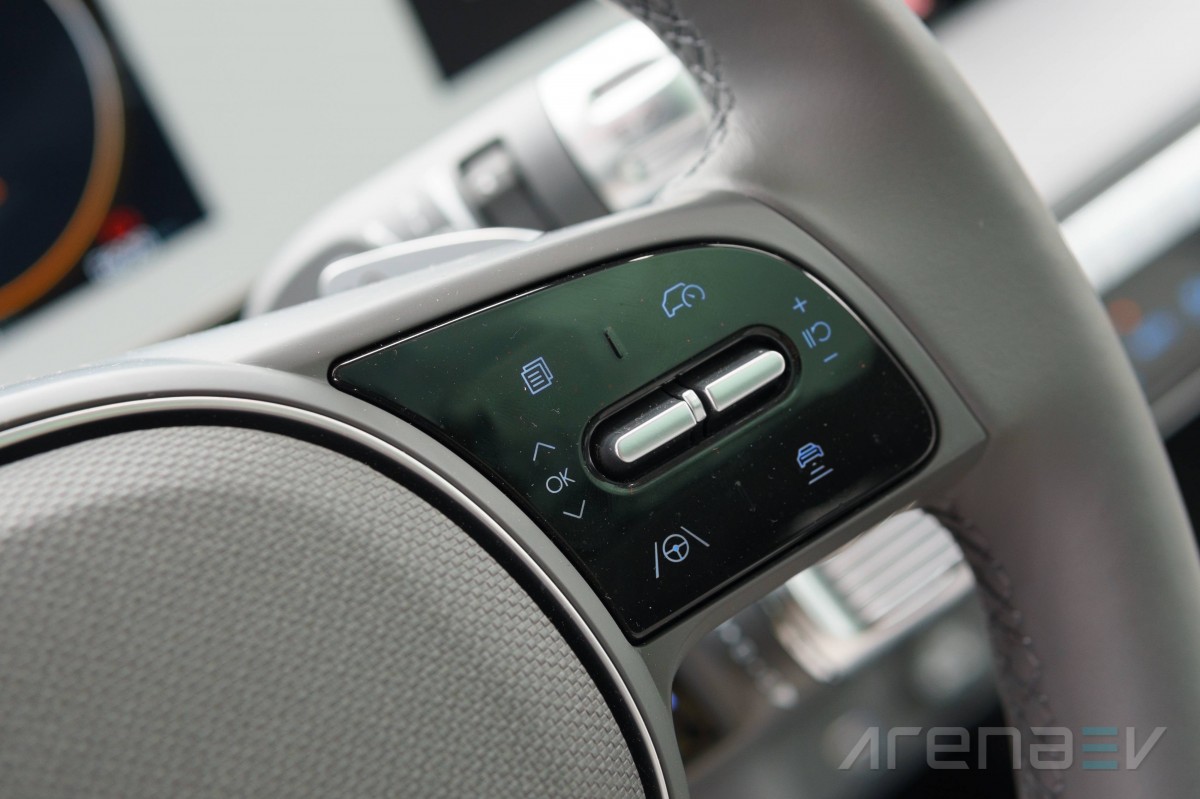
Tech features
Hyundai Ioniq 5 is a modern vehicle that comes with great on-board technology, but nothing extraordinary or groundbreaking. This makes it easy to use and understand even if it won't shock you with cutting-edge tech. The only exception to that statement are the optional camera side mirrors, which are also not something entirely new.
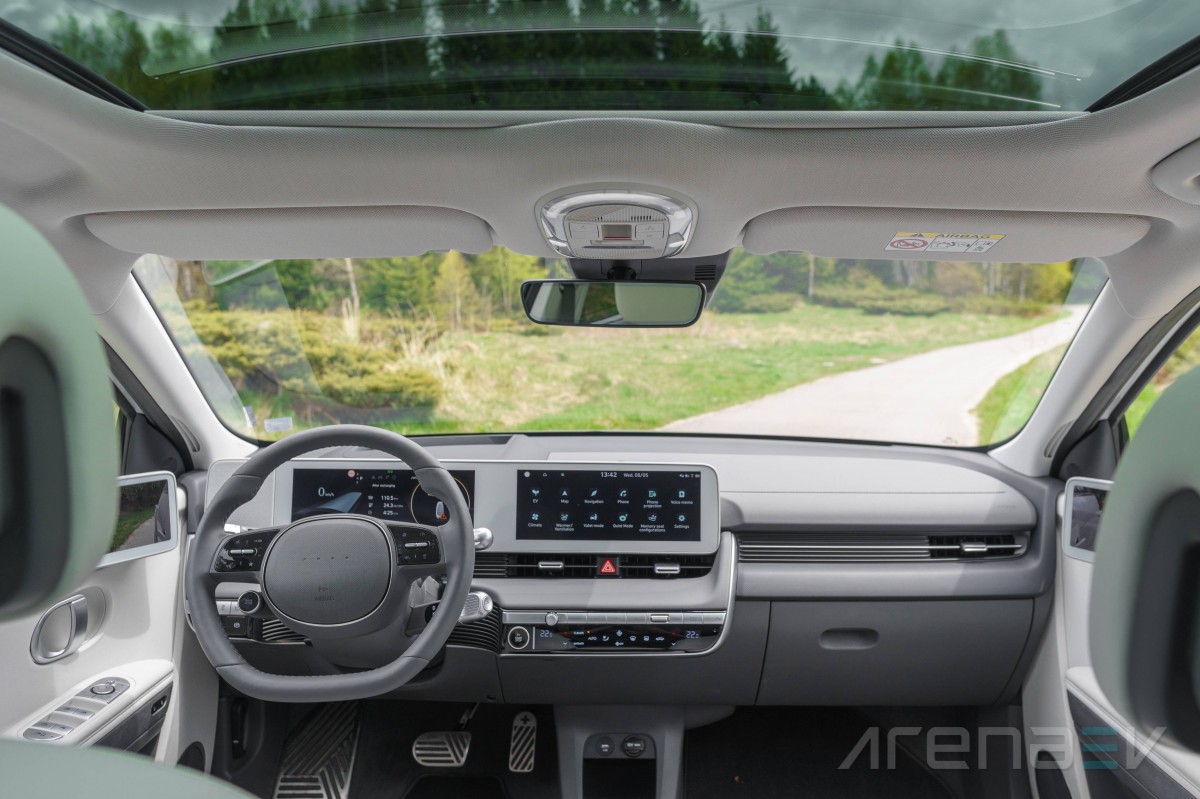
The image from the cameras is crisp and with great resolution, even at night. There is no lag, which is vital for such an important component. The entire concept of such mirrors is to reduce drag, but in the case of the Ioniq 5 the camera module isn’t even that much smaller than a regular mirror.
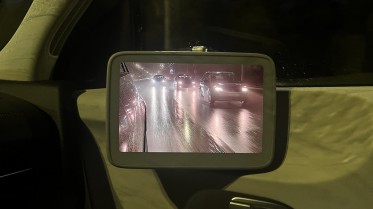
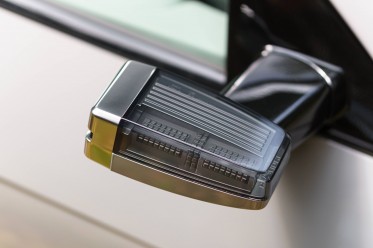
The camera mirrors work well, but are not much smaller than the regular ones.
The infotainment display is a 12.3-inch touchscreen unit that sits on top of the dashboard. It controls most features of the Ioniq 5 but not everything is integrated into it like a Tesla or a Volvo.
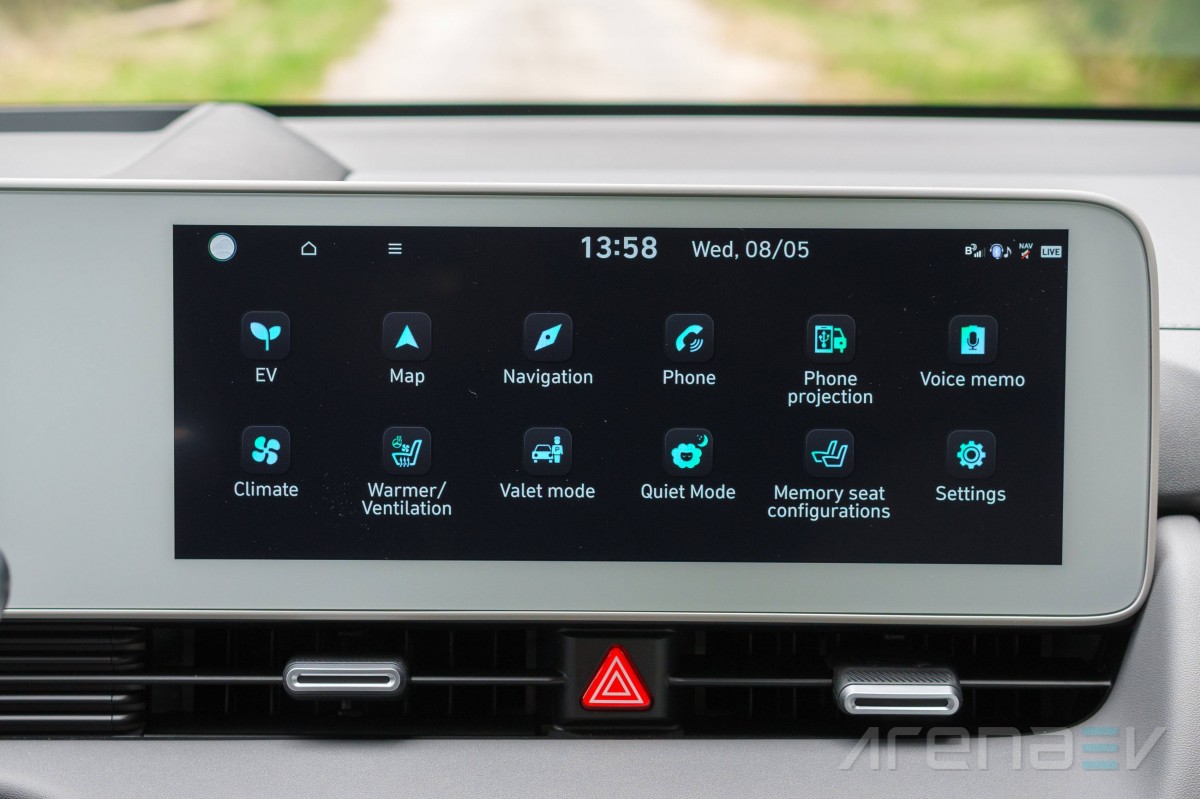
The home screen allows you to see all available functions and easily click the one you want, like for example the climate controls we mentioned earlier. You get haptic feedback when pressing and there is little to no lag of input, which sadly comes with some of its competitors.
The integrated navigation system works fine and is up to date with all road conditions and changes. Its graphics suit the retro styling of the car, but we would've preferred if they were more modern. However, we love the fact that when you enter a faraway destination it calculates the route with charging stops along the way, which is very helpful.
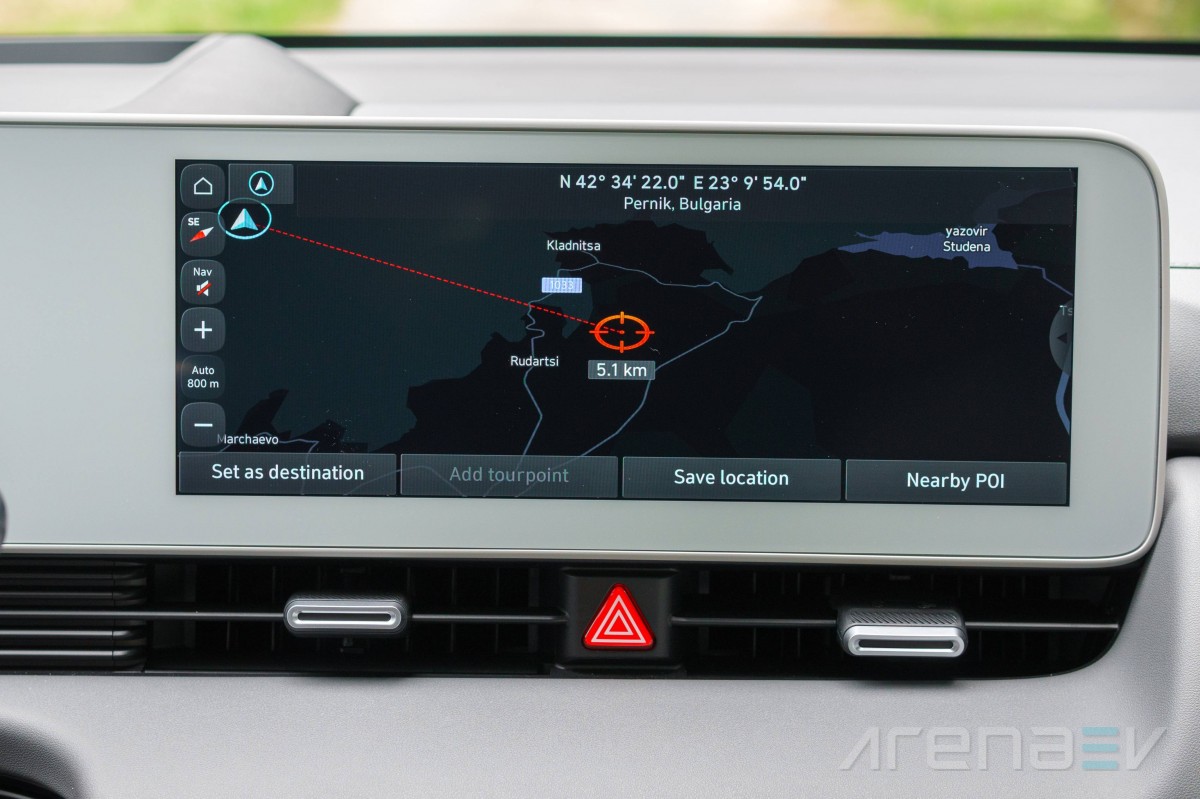
Quiet mode is ideal for parents whose kids are sleeping on the back seats. This way, the front passengers still get some music, but the rear speakers turn off to not disturb the passengers in the rear.
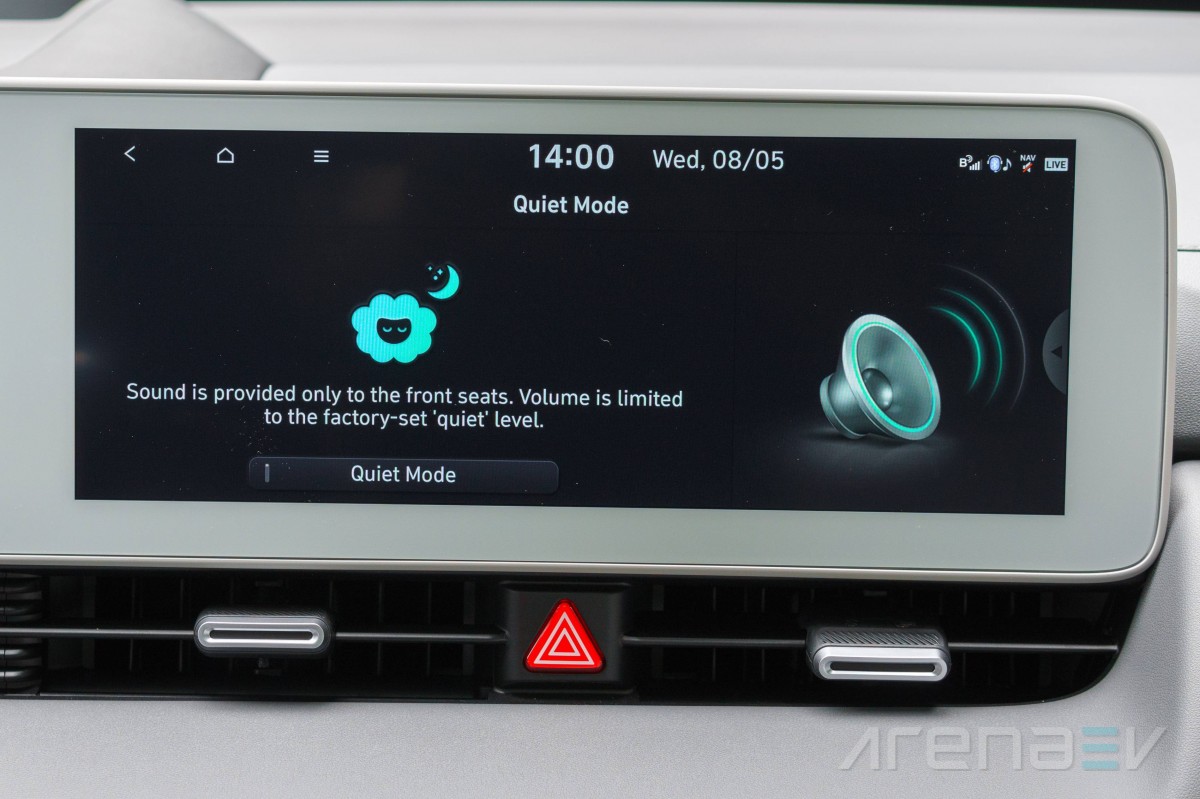
If you’re a busy businessman and have to keep track of multiple tasks at once, you can use a voice recorder to take notes.
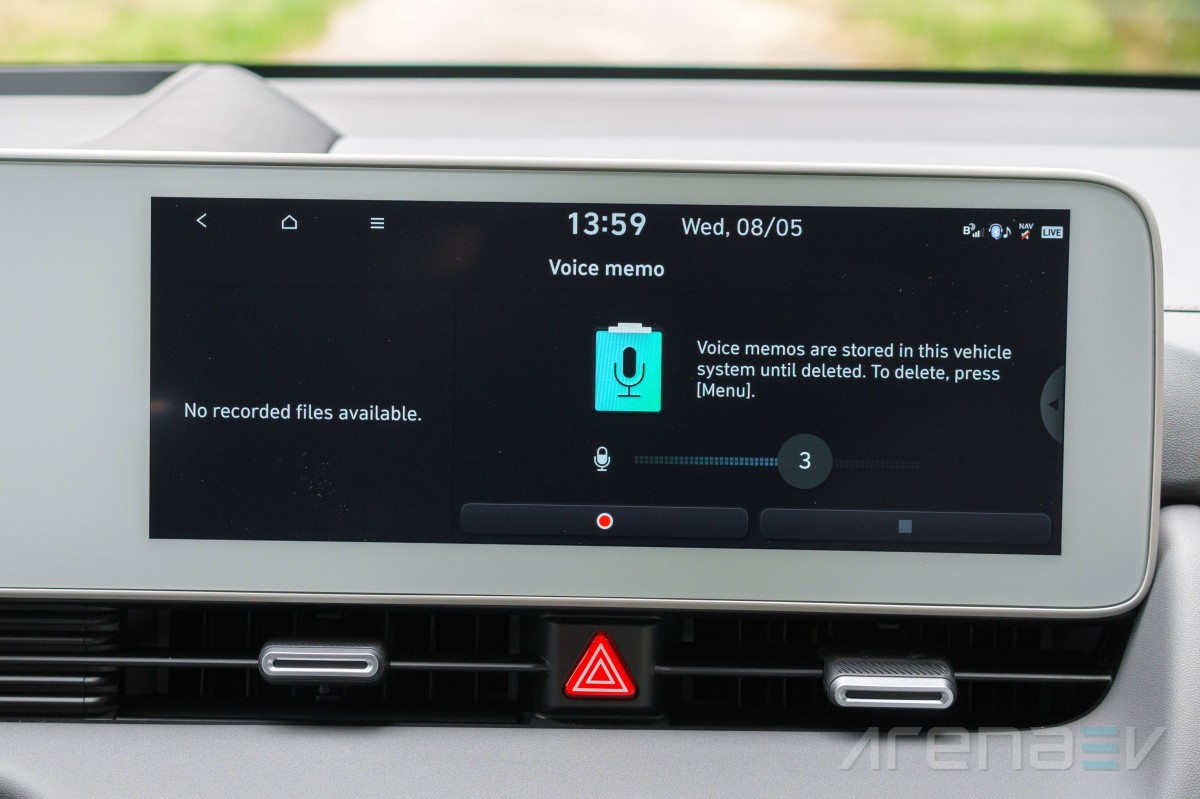
Apple CarPlay and Android Auto are available, but only over a cable. There is no wireless function, which is slightly annoying as you have to take out your phone every time, but at least it always works flawlessly and connects quickly. One drawback is that you don’t get a home button when in CarPlay, so you have to exit by pressing some other function, then exit it and finally go to turn on your seat heating for example, which is an issue with the design of the software and will hopefully be improved in the future.
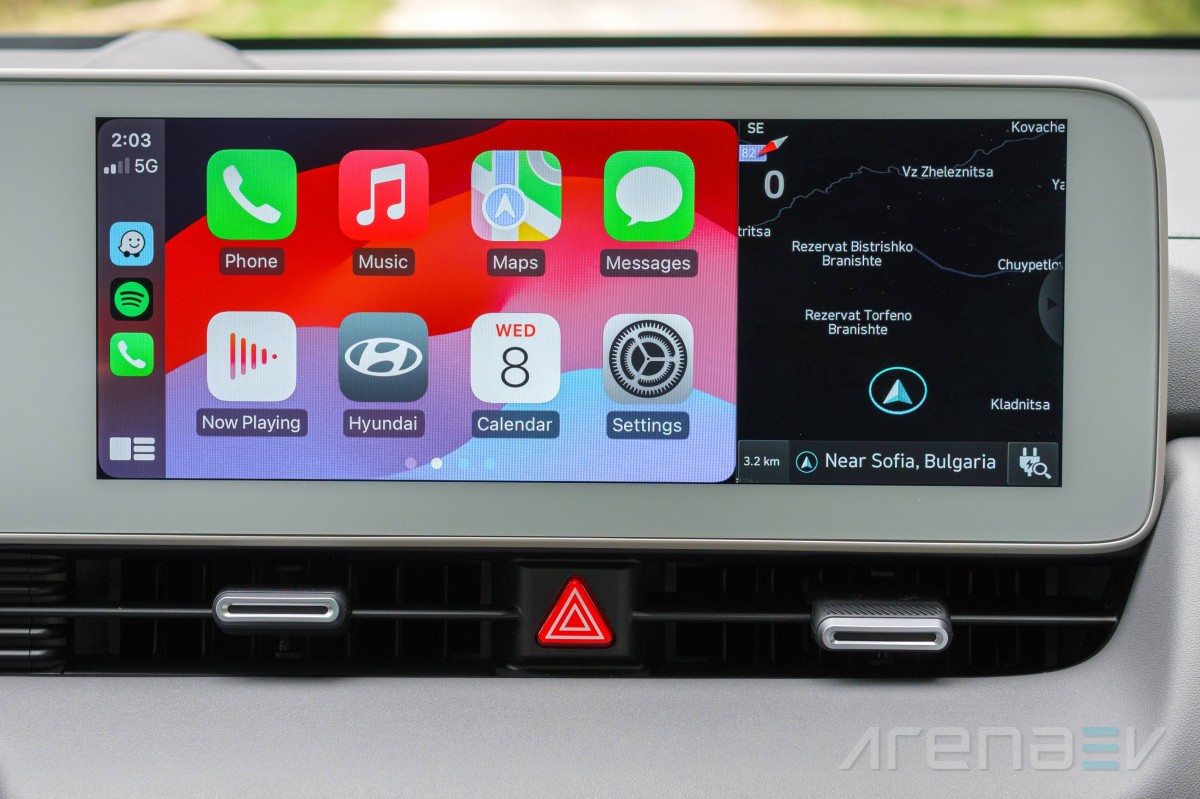
You can select the memory functions of all seats - front and back, from the center screen and therefore change the positions from the display.
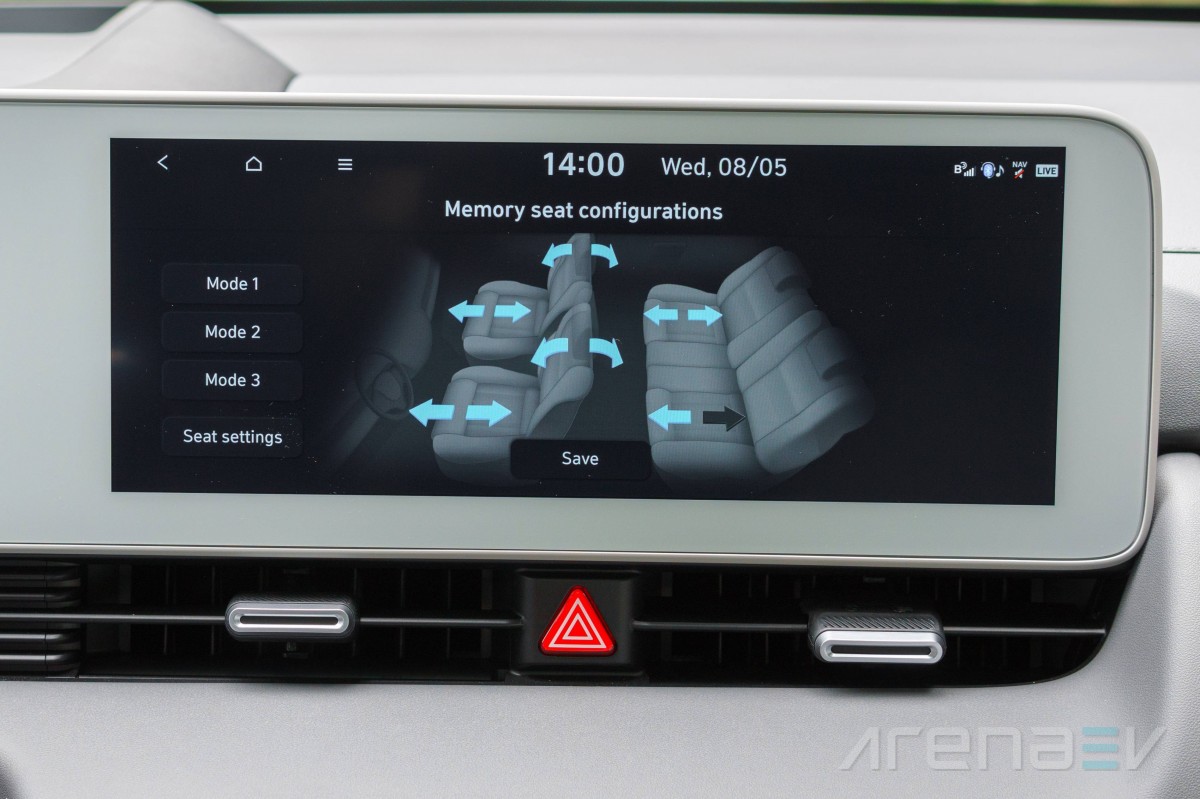
Some useful features that require internet connectivity are the weather forecast and the sports tab, where you can see how your favorite teams perform and follow their upcoming games. You can also check live traffic reports, charging stations and the available parking lots.
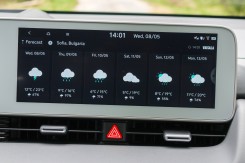
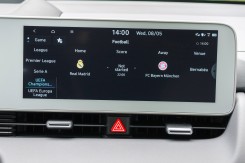
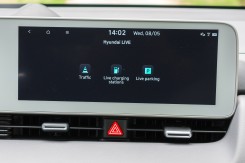
Internet features allow for constant updates and gimmicks.
The reverse camera shows up in the center screen, but it could really be better. Image quality at night is flaky and blurry, while during the day it’s overexposed and pixelated. It also lags sometimes, which is unacceptable given how great the side mirror cameras are and they're mounted on the same vehicle.
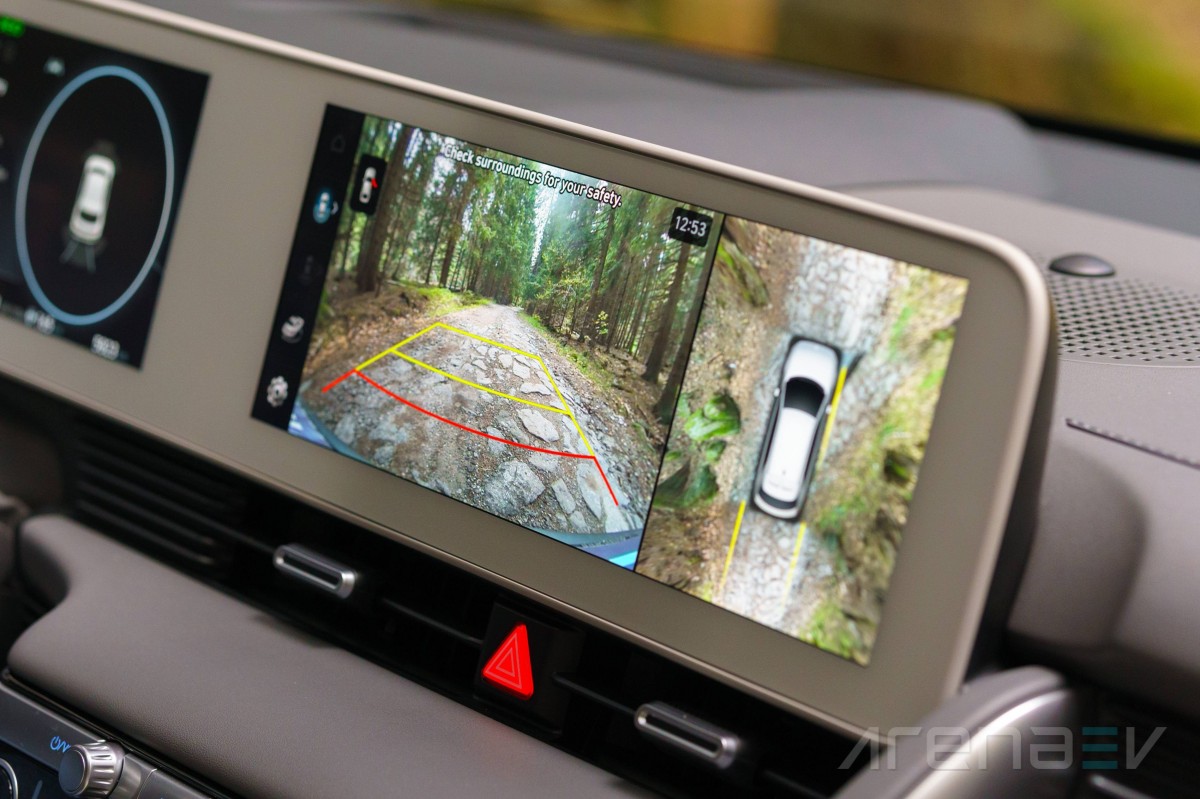
One great integration recent Hyundai and Kia models have is the projection of a camera image in the gauge cluster when you press the turn signals. This way, you get no blind spots and can safely make your maneuver.

As we mentioned, the gauge cluster display is not heavily configurable, but at least it comes with some different layouts and truthfully, the head-up display works perfectly so you hardly ever feel the need to look at the gauge cluster at all.

Ride comfort
The ride of the Ioniq 5 is well-balanced and comfortable most of the time. In normal mode it glides over most bumps and you only feel its gigantic weight bouncing around after a more serious pothole, with the suspension trying to even out the car after the impact. In sport mode the suspension stiffens notably and the steering becomes more direct, making you more connected to the road and allowing for greater precision, but at the cost of comfort inside, especially for the rear passengers.
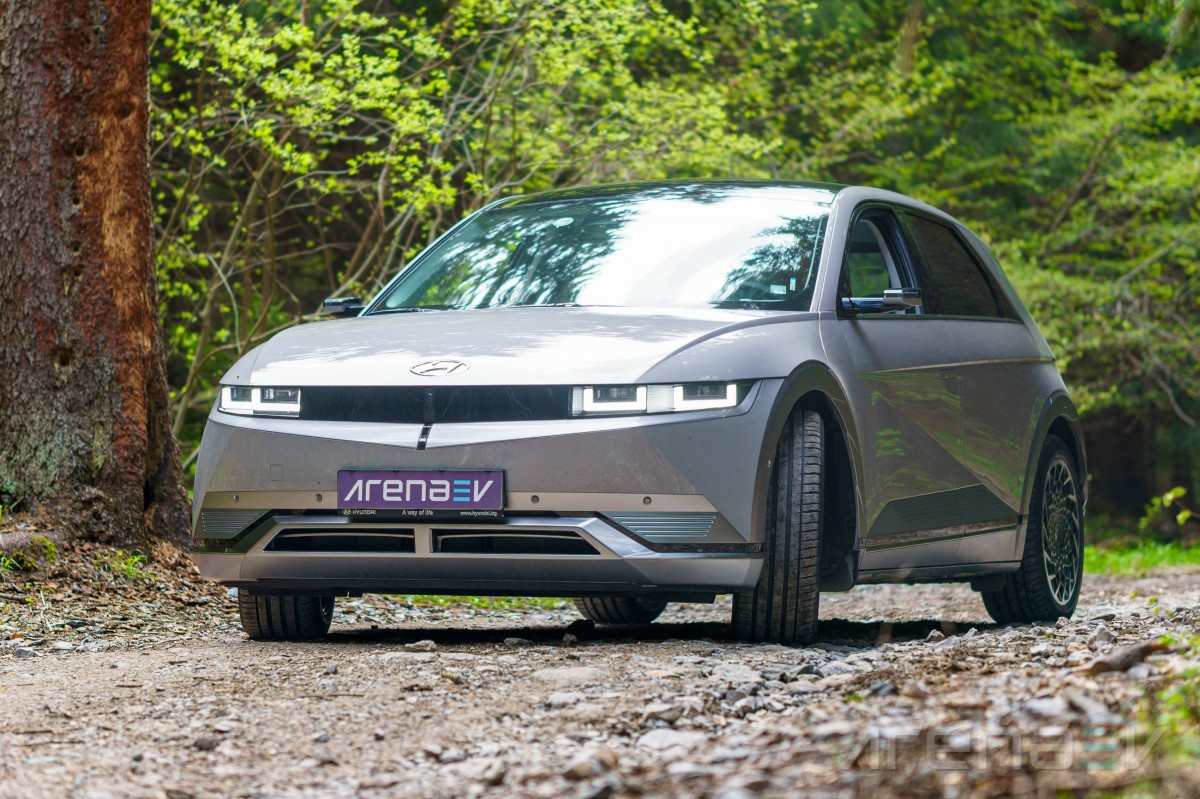
Cabin noise
The Hyundai Ioniq 5 is peaceful and quiet inside. Especially at low speeds, the vehicle insulates its passengers from the ambient world and allows you to relax in peace. The sound values go up at higher speeds the angular exterior presuably being part of the problem here. Still even at highway speeds the results aren't bad at all.
Sound level tests are carried out with a specialized sound level meter placed in the car's cupholders. The test is conducted with air conditioning and radio off and while maintaining a steady speed.
Acceleration and braking
Even though this is no longer the most powerful version of the Ioniq 5, our test model 77.4 kWh AWD is no slouch. On our test track it goes from 0 to 62 mph in 4.9 seconds, which is even slightly faster than what the manufacturer claims. The Michelin Pilot Sport EV tires surely helped a bit.
As for braking, the Ioniq 5 set a new best distance for stopping from 62 mph to a halt in our test. It needed only 35 m (114’10”) for that feat, which is the best result of any EV we’ve tested so far. The big body and weight are obviously controlled perfectly by the brakes. It should be noted that for regular driving, the different regen levels work fantastically and you hardly ever need to press the brake pedal on the most aggressive recuperation setting.
Acceleration and deceleration are measured with a RaceBox device inside the car. Testing is done with a single person inside the car, with air conditioning and traction control off.
Consumption
Given its shape, size and weight, we didn't expect fabulous results by the Ioniq 5 in that category. Even with its aerodynamic wing mirrors and flush door handles, it still has all the odds against it. Its results were pretty solid though and in fair weather it can really go a long way on a charge. For our in-depth consumption analysis of the Hyundai Ioniq 5 check out our dedicated range test article.
We measure consumption by driving at constant speeds on an identical test route during the day. Testing is conducted with air conditioning, all safety systems and radio on. The data comes from the vehicle's board computer. Specific testing parameters such as ambient temperature are mentioned in the text on a case by case basis.
You can use the widget below to find out the Hyundai Ioniq 5's range in every combination of speed and temperature you might need. We've used our real world tests and a complex model to provide an estimate that should be as close to the actual performance as possible.
Charging speed
Hyundai Ioniq 5 has a peak charging power of 235 kW, which we managed to achieve once. However, when we had to charge it again in cold and rainy weather the car refused to go beyond 152 kW, even though the battery was preconditioned it only had 10% when starting to charge.
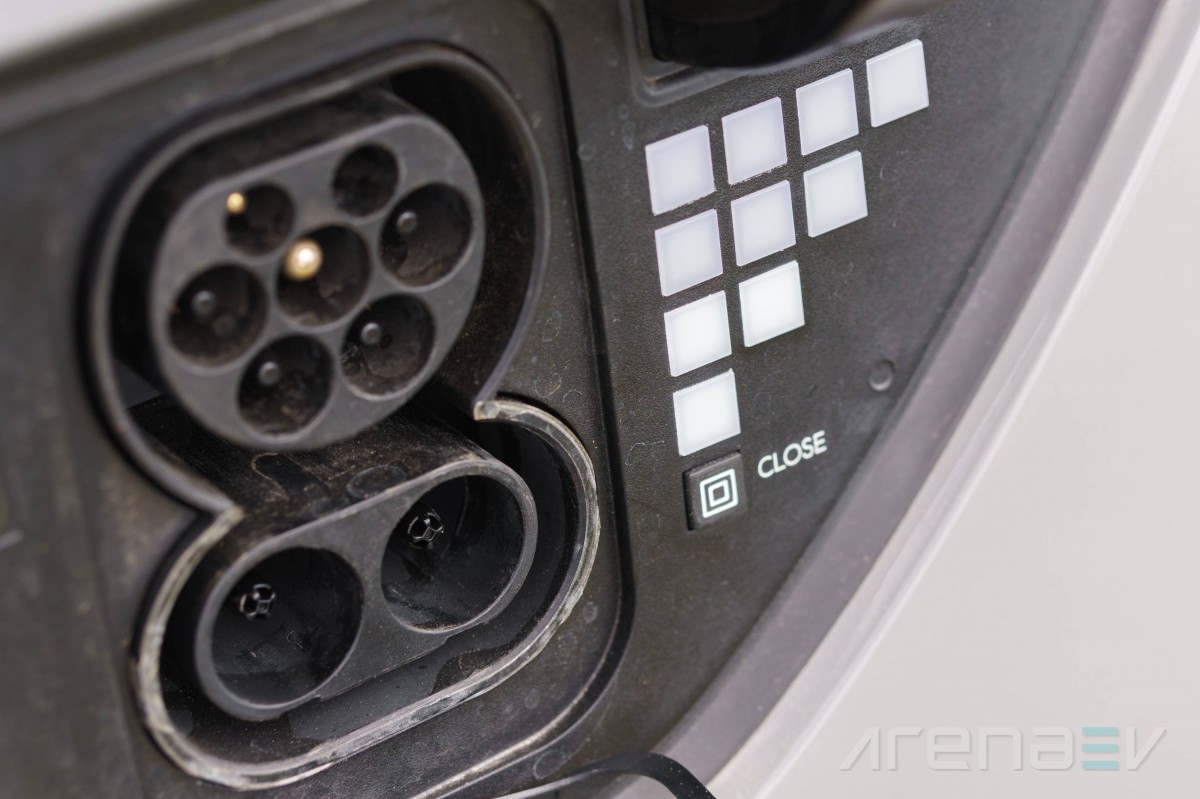
One fantastic feature that the Ioniq 5 offers is V2L (Vehicle to Load) charging, which essentially means you can use your car as a power outlet and plug in your devices directly, which helps a lot while camping or tailgating.
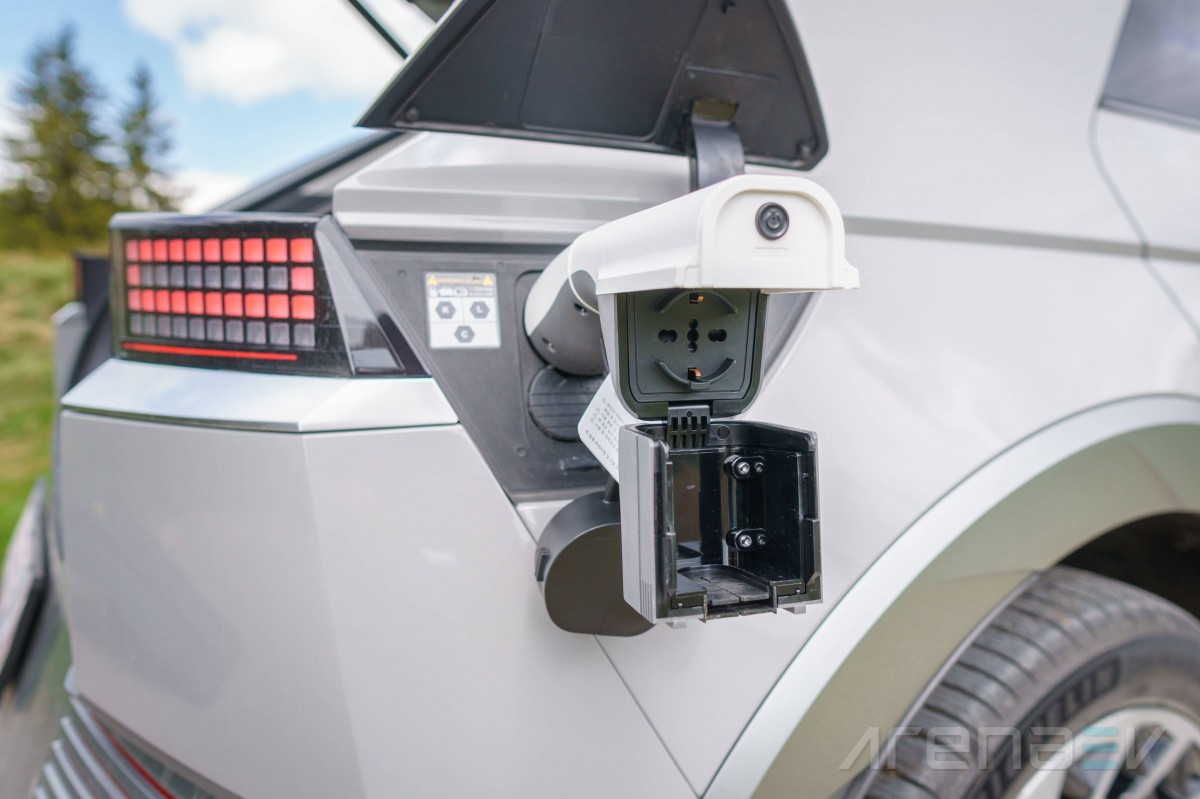
Competition
The Hyundai Ioniq 5 doesn't have the easiest of tasks as it faces endless competitors from virtually all manufacturers. Everyone wants a piece of the compact to midsize SUV pie, but Hyundai approached it better than most. With distinctive styling, great driving experience and modern creature comforts its car is positioned very well.
The Ford Mustang Mach-E comes as a sportier alternative. The Mach-E shines with a huge frunk and more sophisticated on-board technology, as well as a more driver-focused cabin. The Ioniq 5 has its own arguments there with greater storage space and much quicker charging times.
The second rival is the Nissan Ariya, which offers a more luxurious cabin with much better materials and great options, but lacks severely when it comes to the infotainment and efficiency.
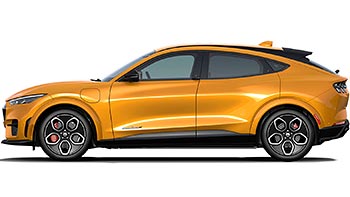
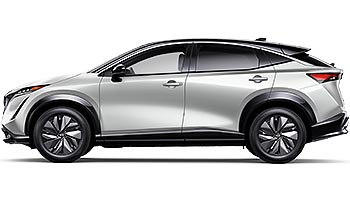
Ford Mustang Mach-E GT 2023 - • Nissan Ariya e-4ORCE 87kWh 290kW 2023 -
Verdict
Hyundai has done an excellent job with the Ioniq 5. It is a competent vehicle that can do it all and comes in a fantastic overall package. Its looks are a conversation starter, but its practicality, technology and comfort make you want to stay and spend more time in it.

The Ioniq 5 is a versatile travel companion that can just drive you around in peace and comfort, without bothering you in any way. But it can also transform into an engaging mountain carver that brings a smile on your face and wants you to explore its limits.
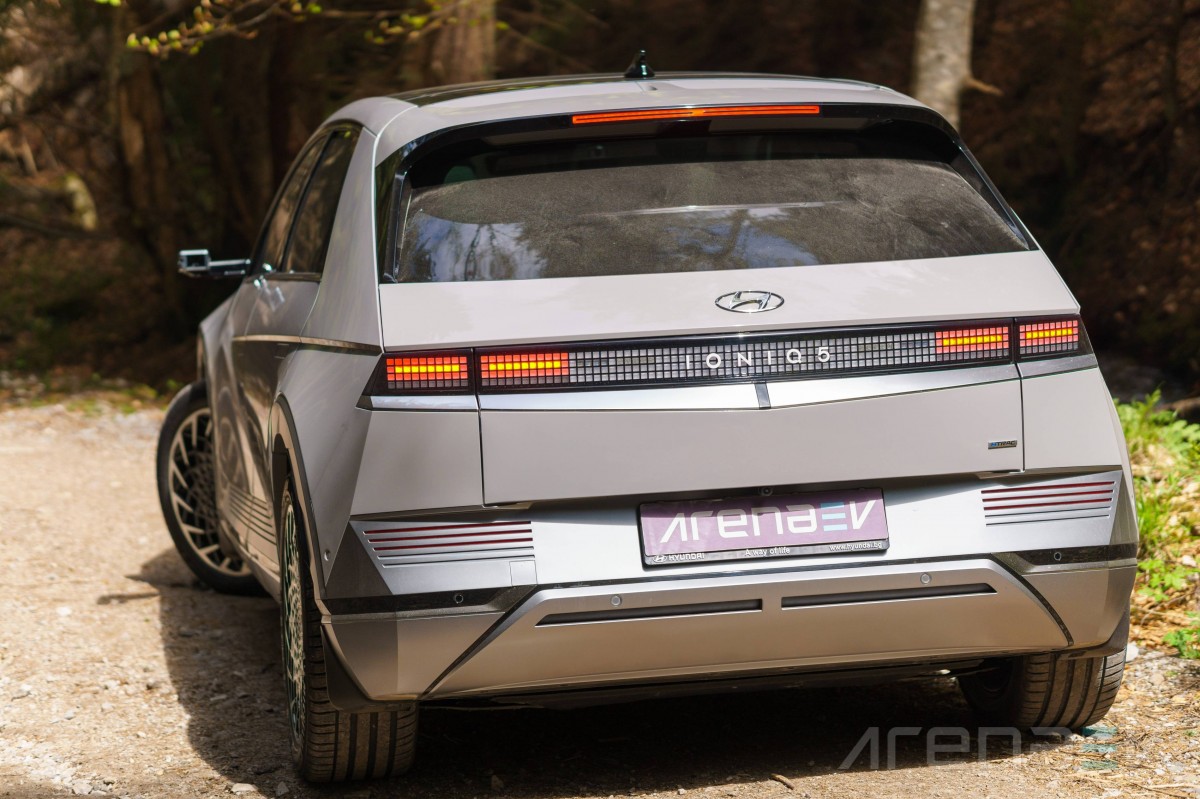
Its biggest flaws are the cheap materials inside and the multiple beeping assistants, but if these are your biggest issues than you clearly have all the important stuff figured out.

Pros
- Modern technology.
- Remote driving.
- Great efficiency at high speeds.
- Distinctive styling.
- Cushy, bed-like seats.
- Spacious second row.
- Comfortable ride.
- V2L charging.
Cons
- Too many hard plastics around the interior.
- The side cameras are little more than expensive gimmick.
- Adaptive cruise control has to be adjusted in the center screen.
- Lots of beeping assistants.
- Gigantic bezels around the screens.
- Noticeably heavy weight.
- Vague steering.
Related
Reader comments
- kamran
I am driving one of these as a rental and am enjoying those 'science fiction' cars.
- 17 Jun 2024
- GbL
- Jack23
Love the little fella!😍 Can’t wait for the full-on N review!!!
- 13 Jun 2024
- 3iw
mirror cameras are just gimmick. they have worse visibility with a fixed viewing angle. besides, the system itself consumes power which is way more than the efficiency gain of lowered drag. not to mention the cost to replace a broken mirror. thankful...
- 11 Jun 2024
- mu4
